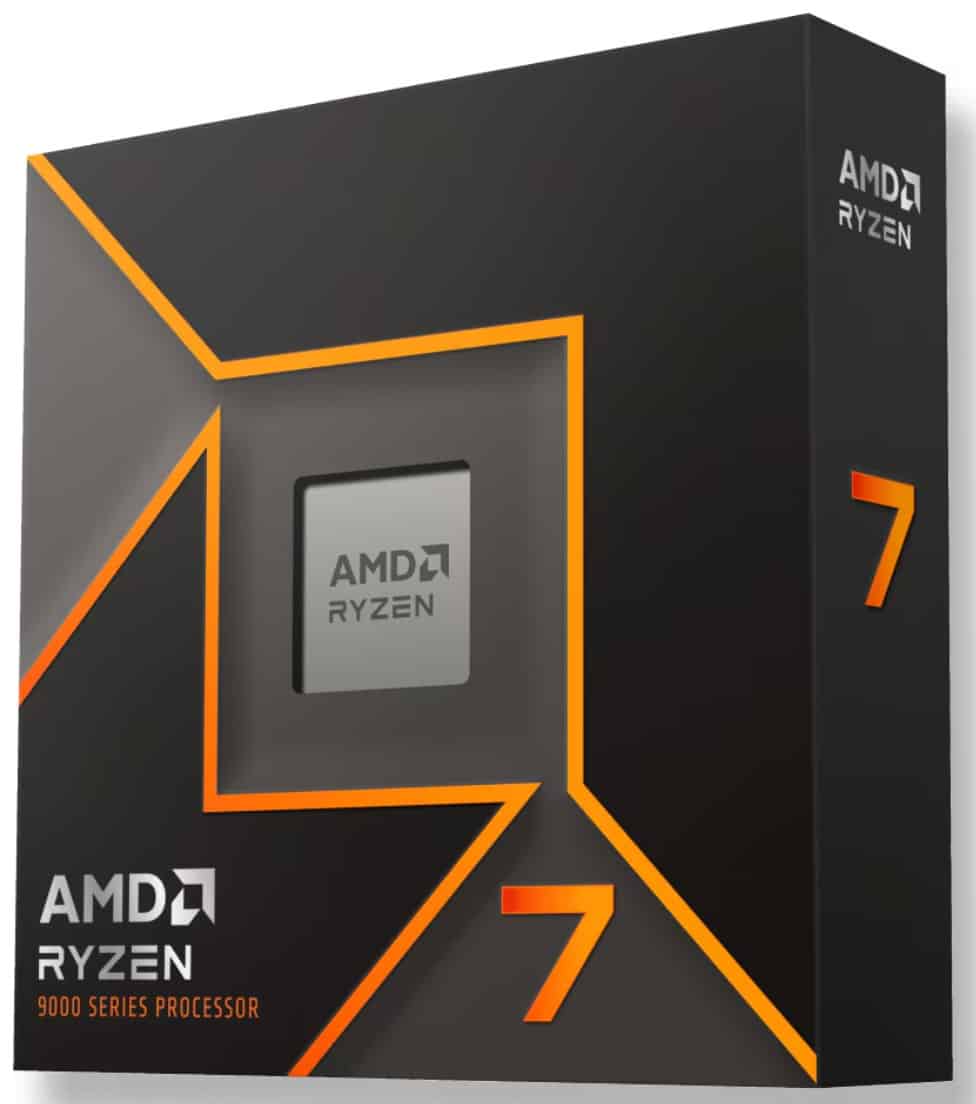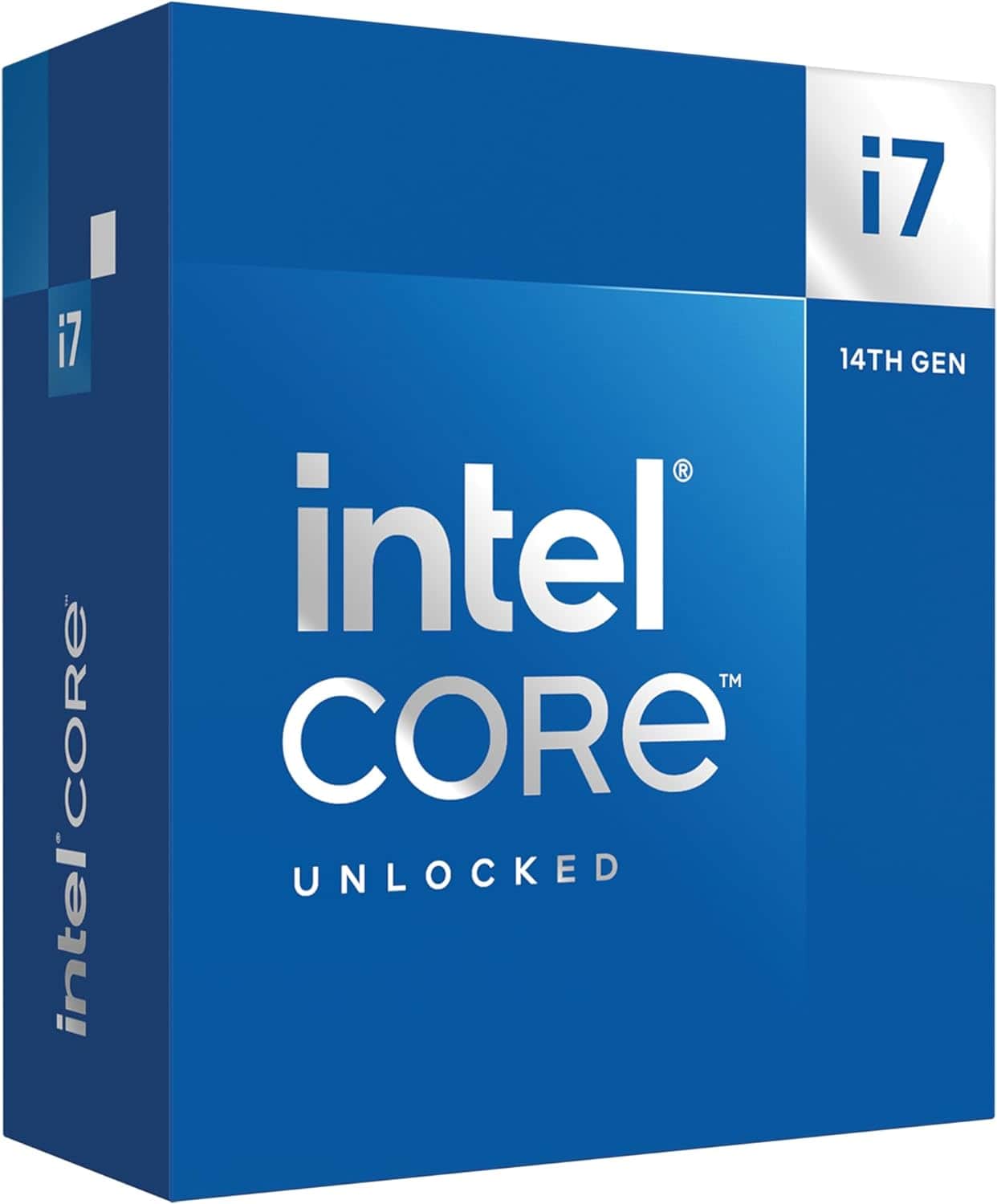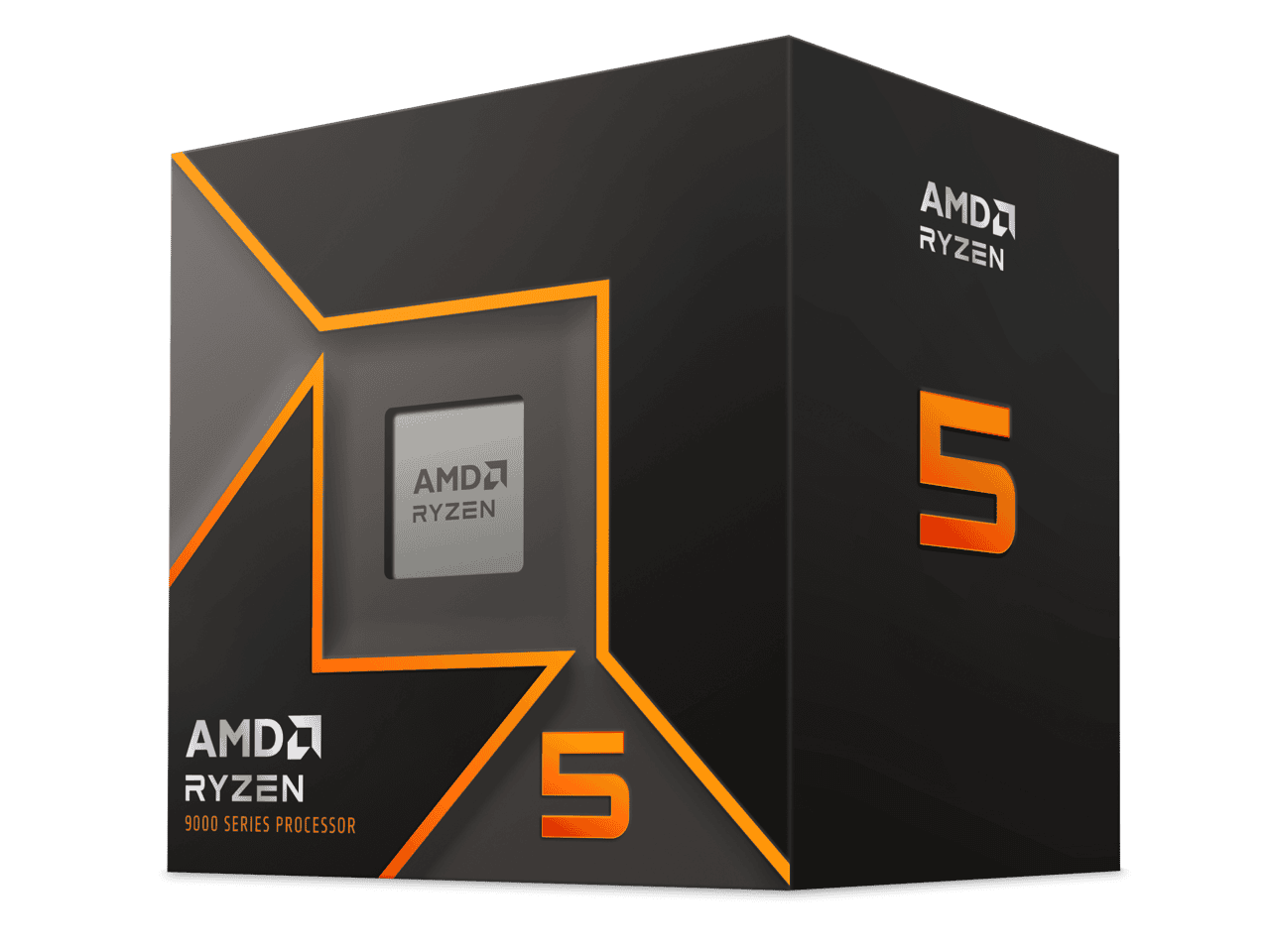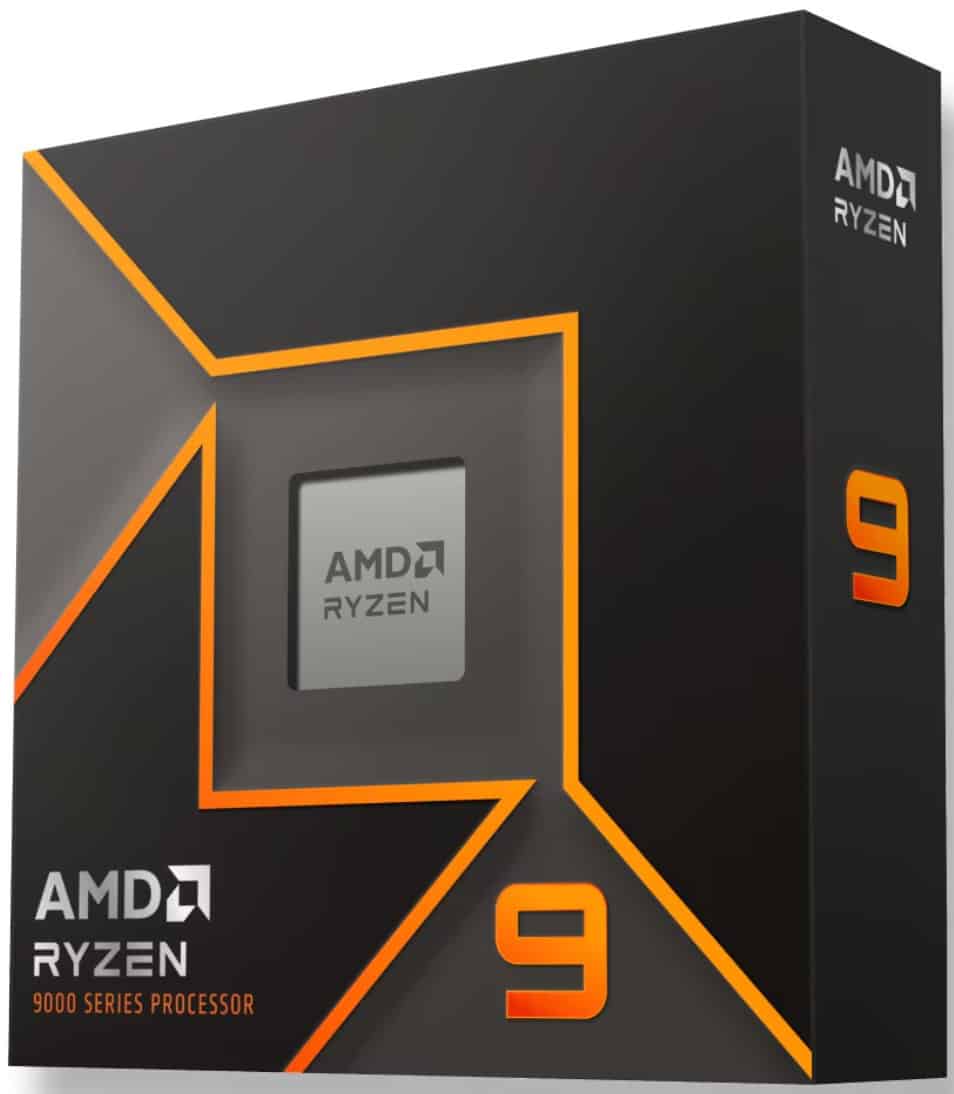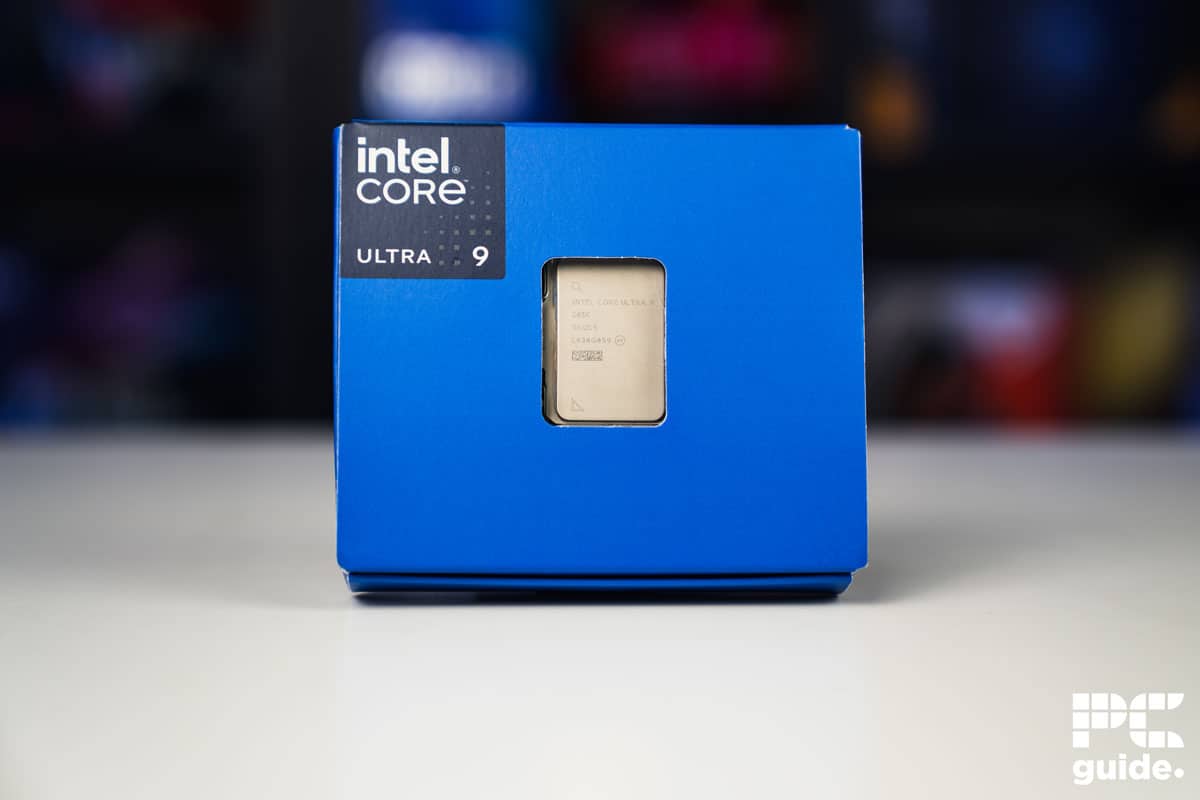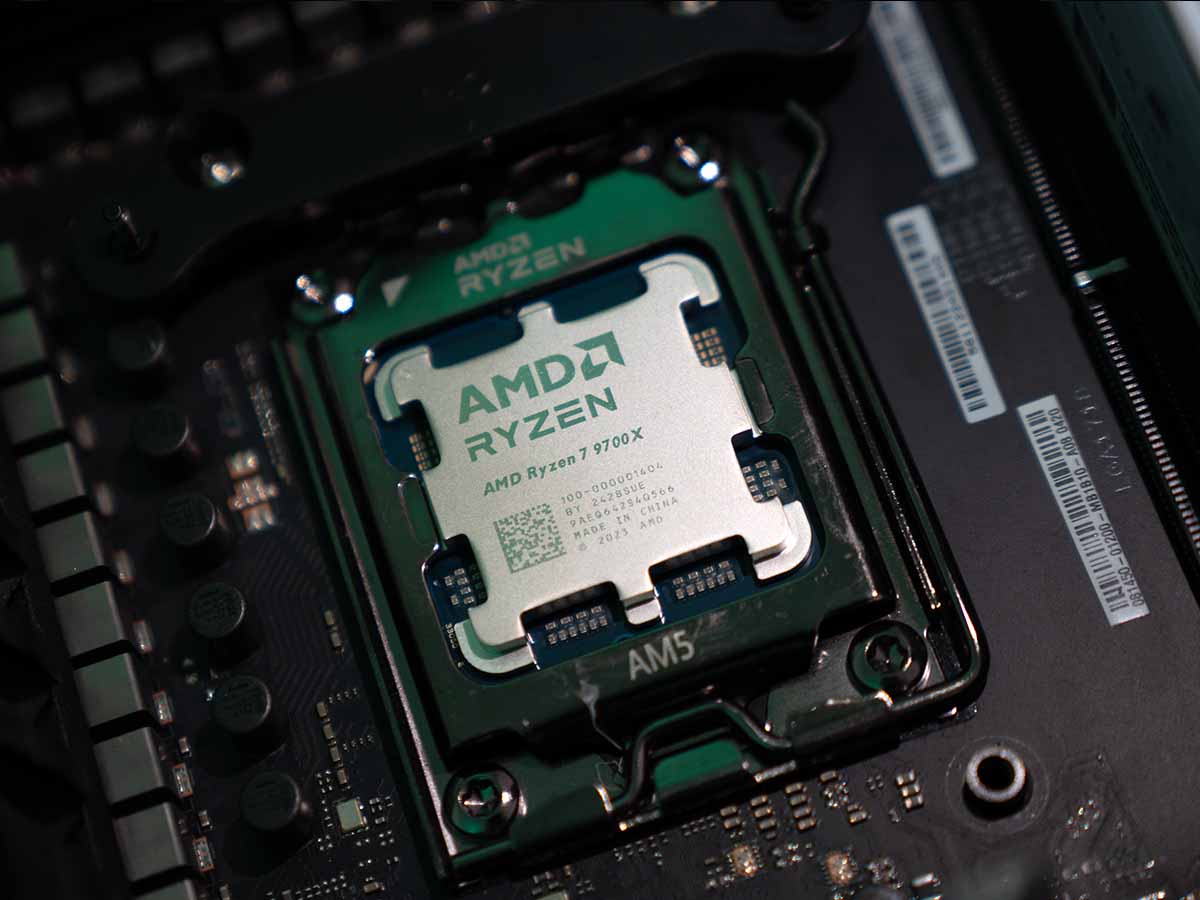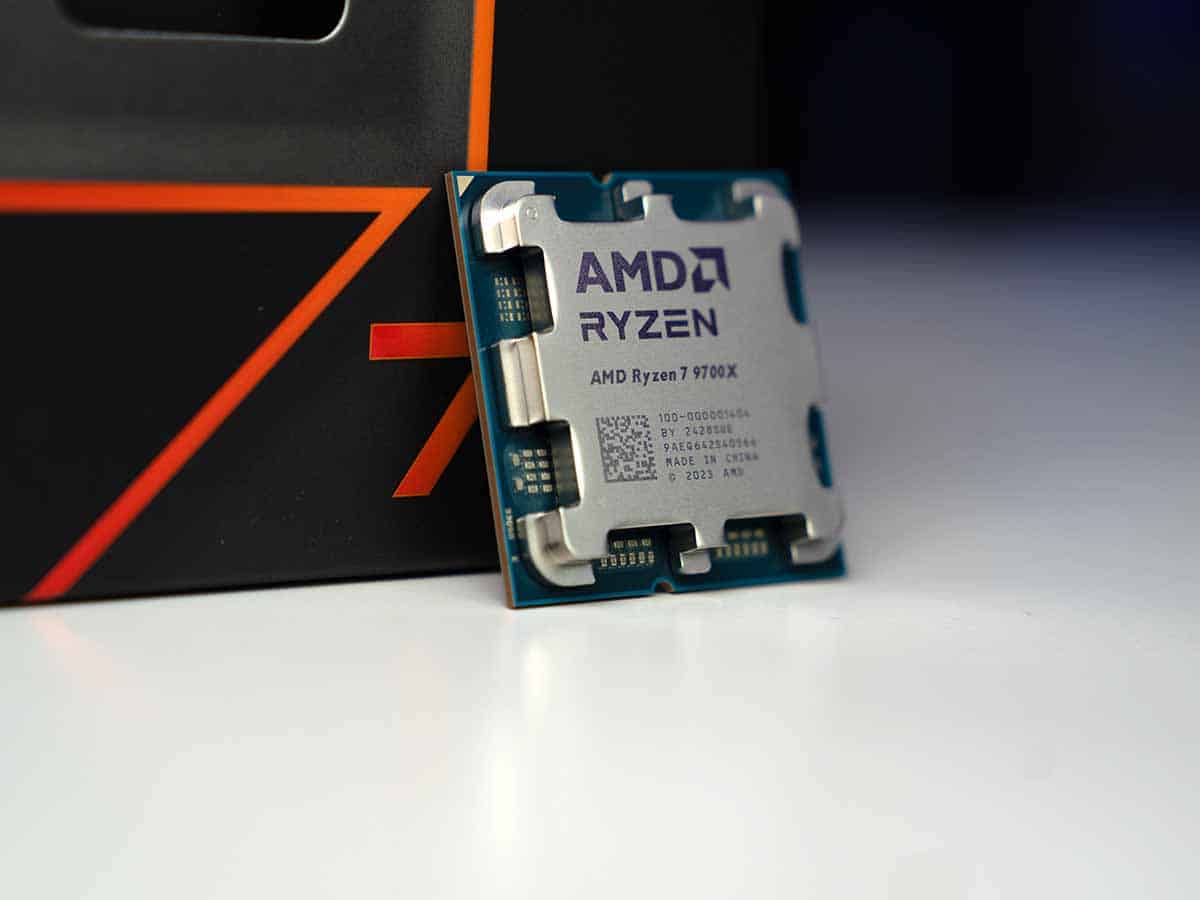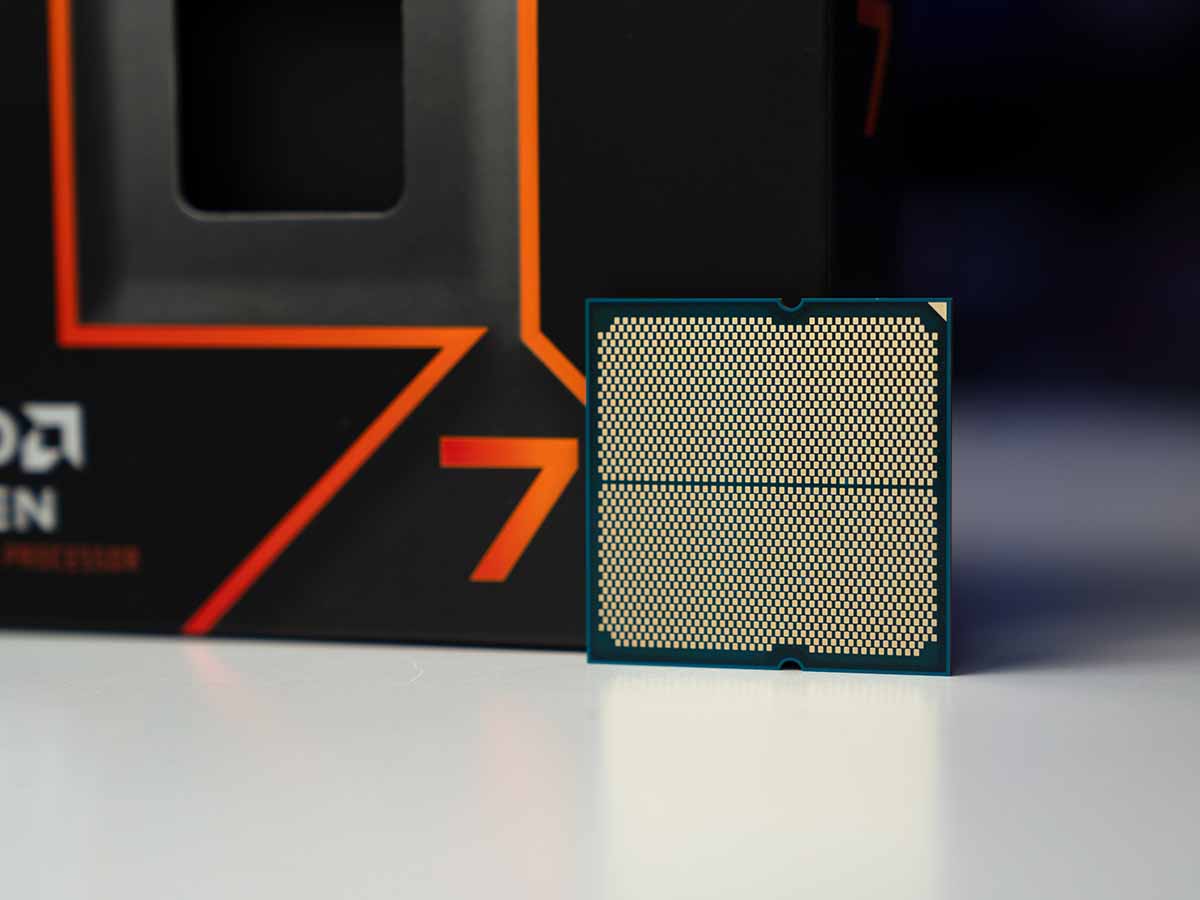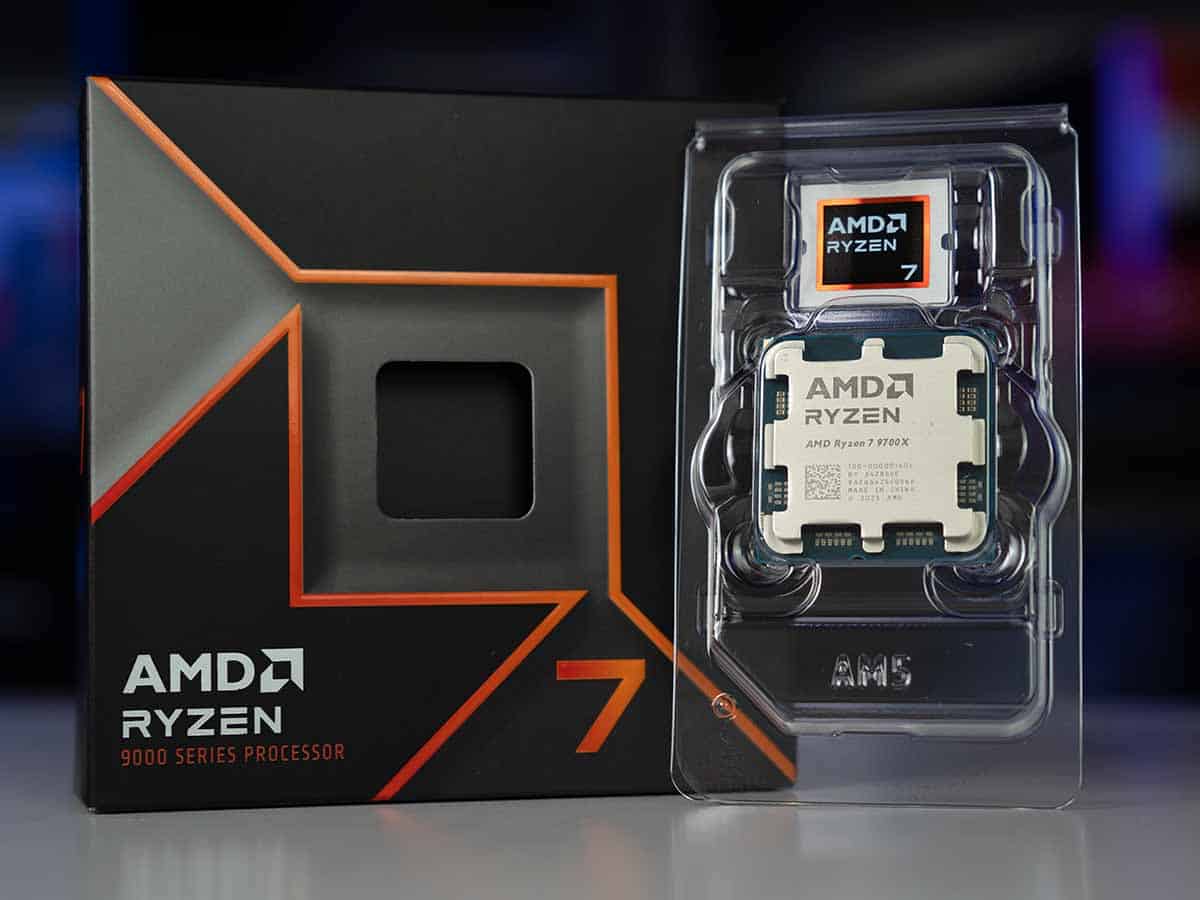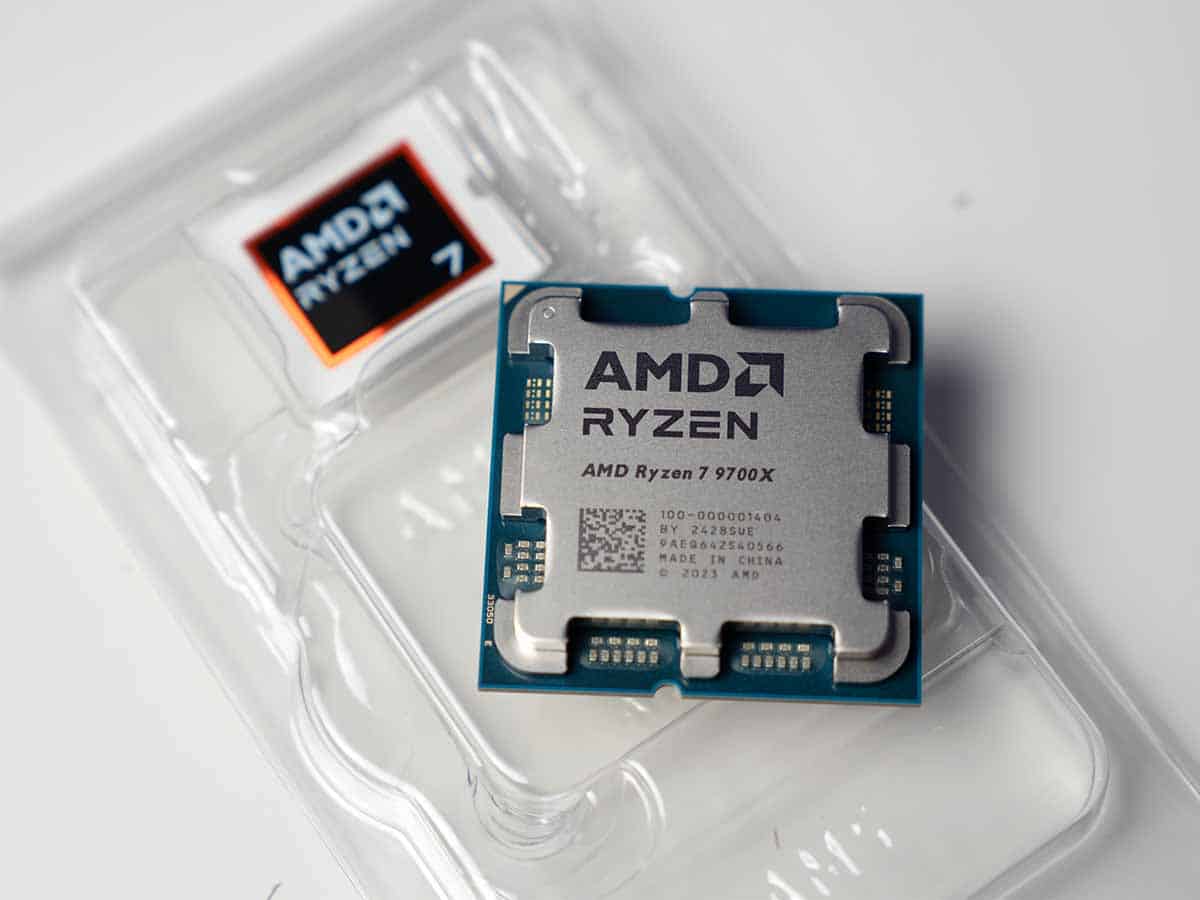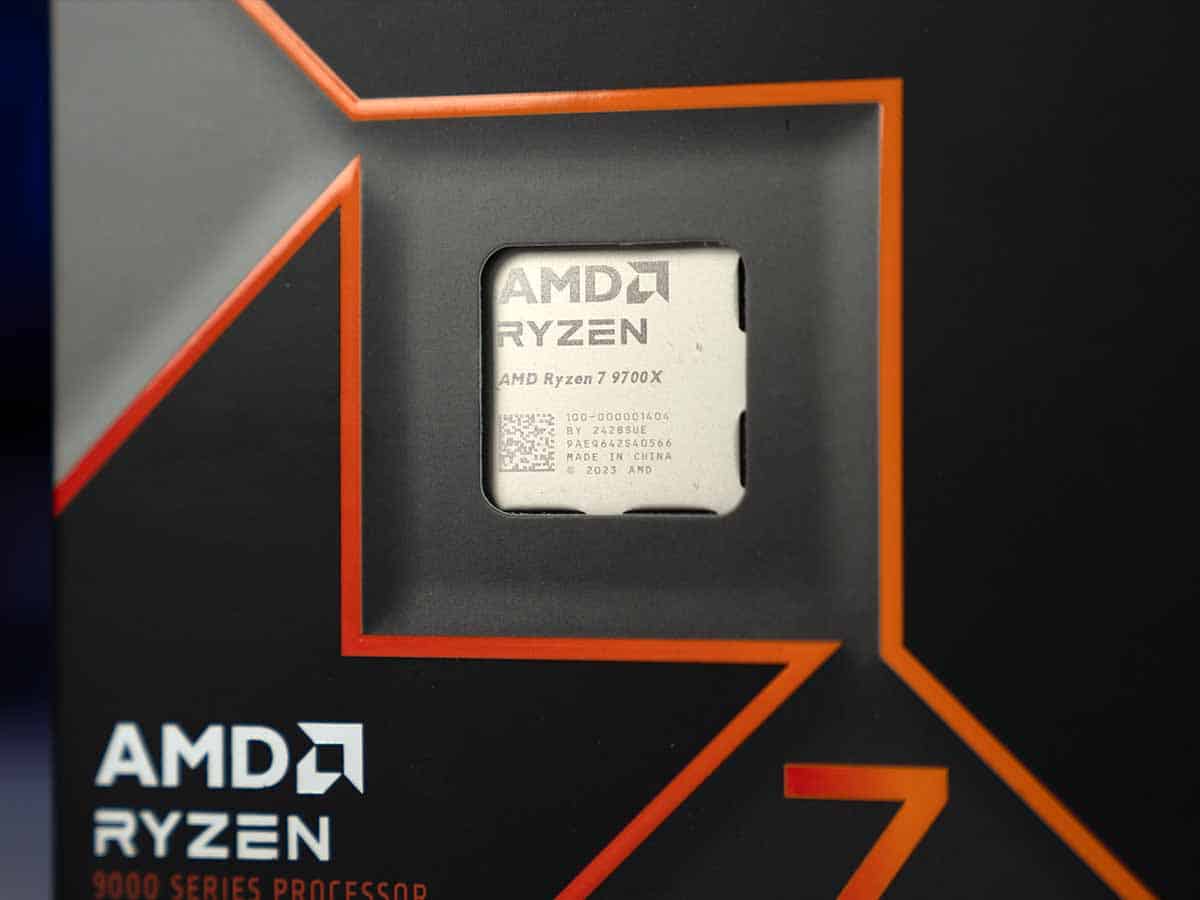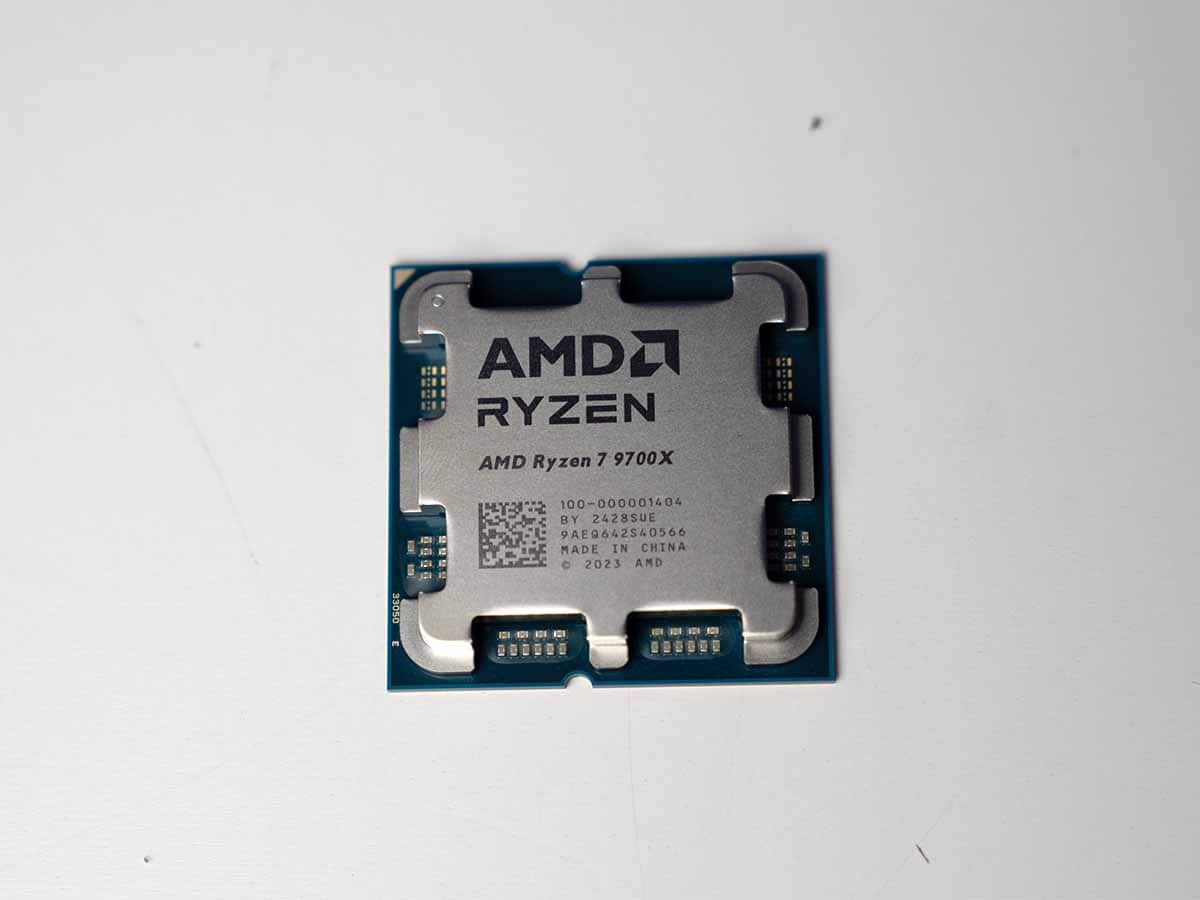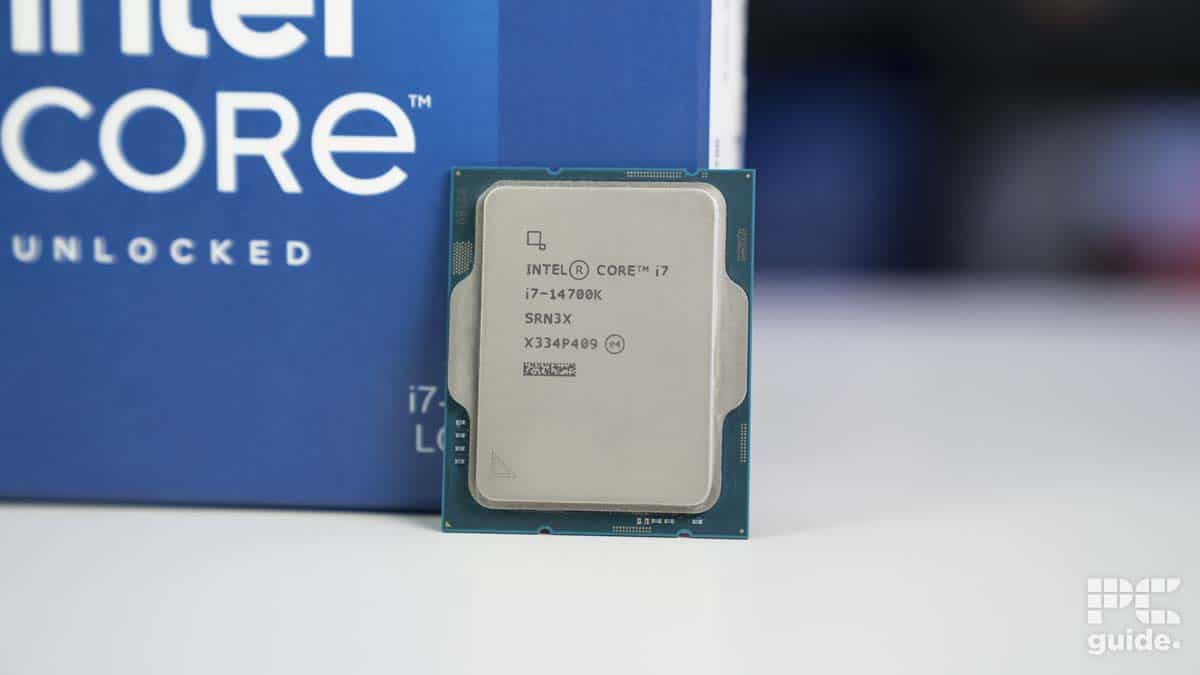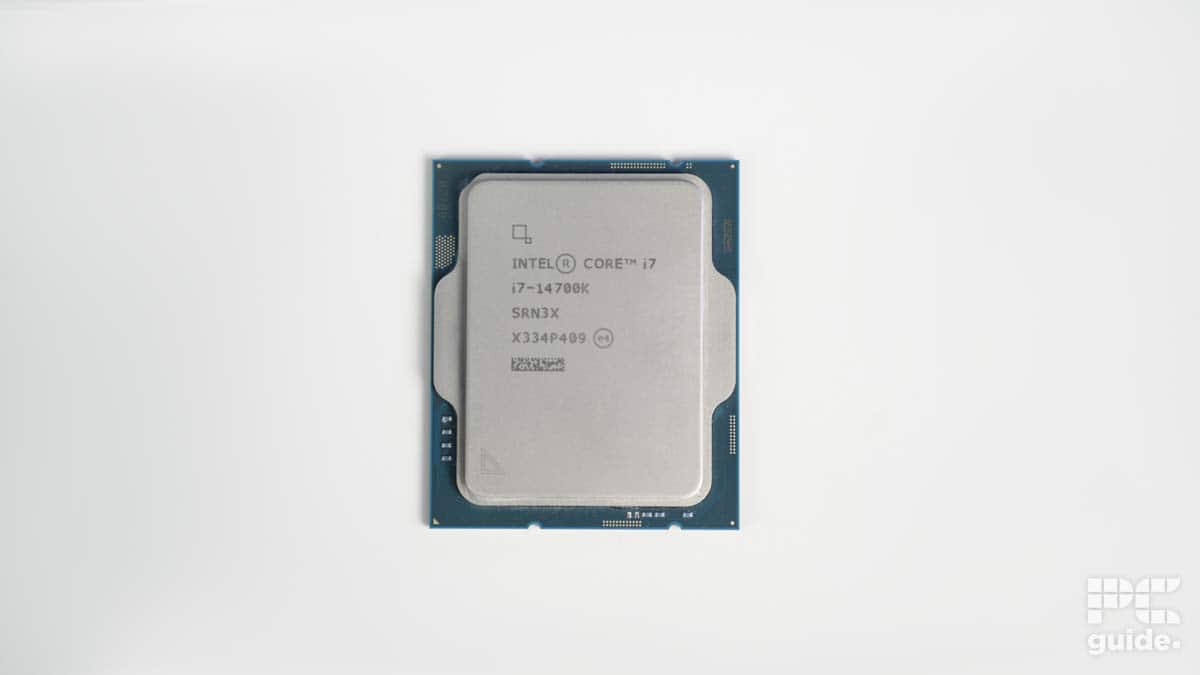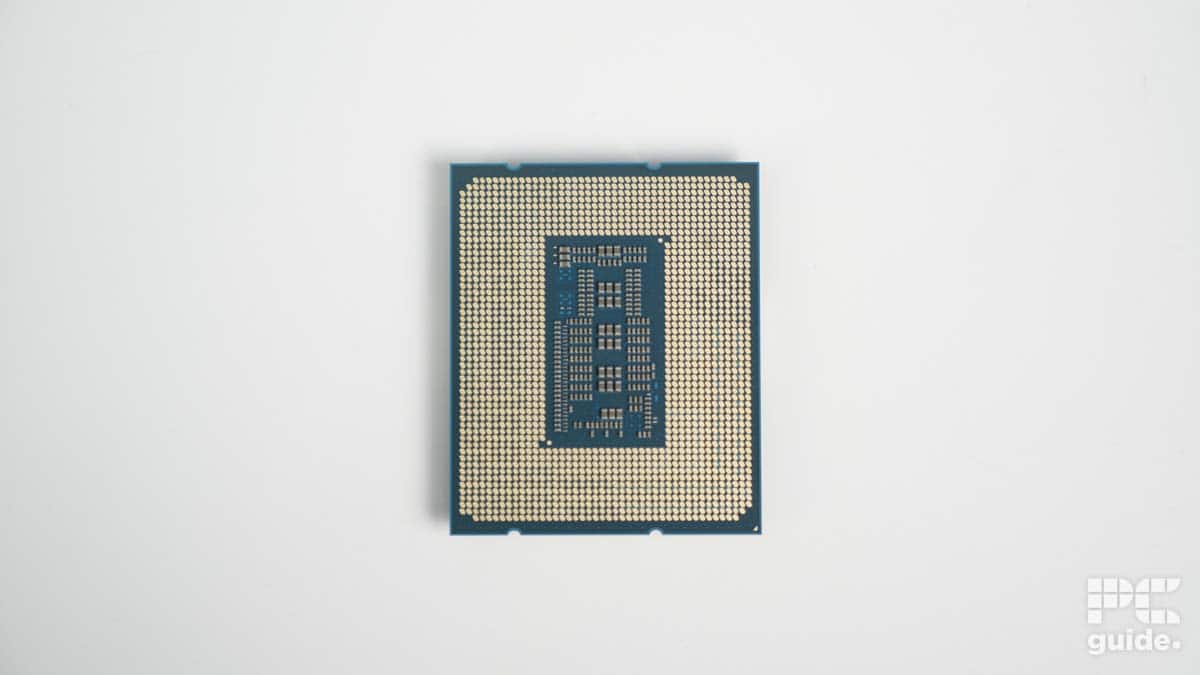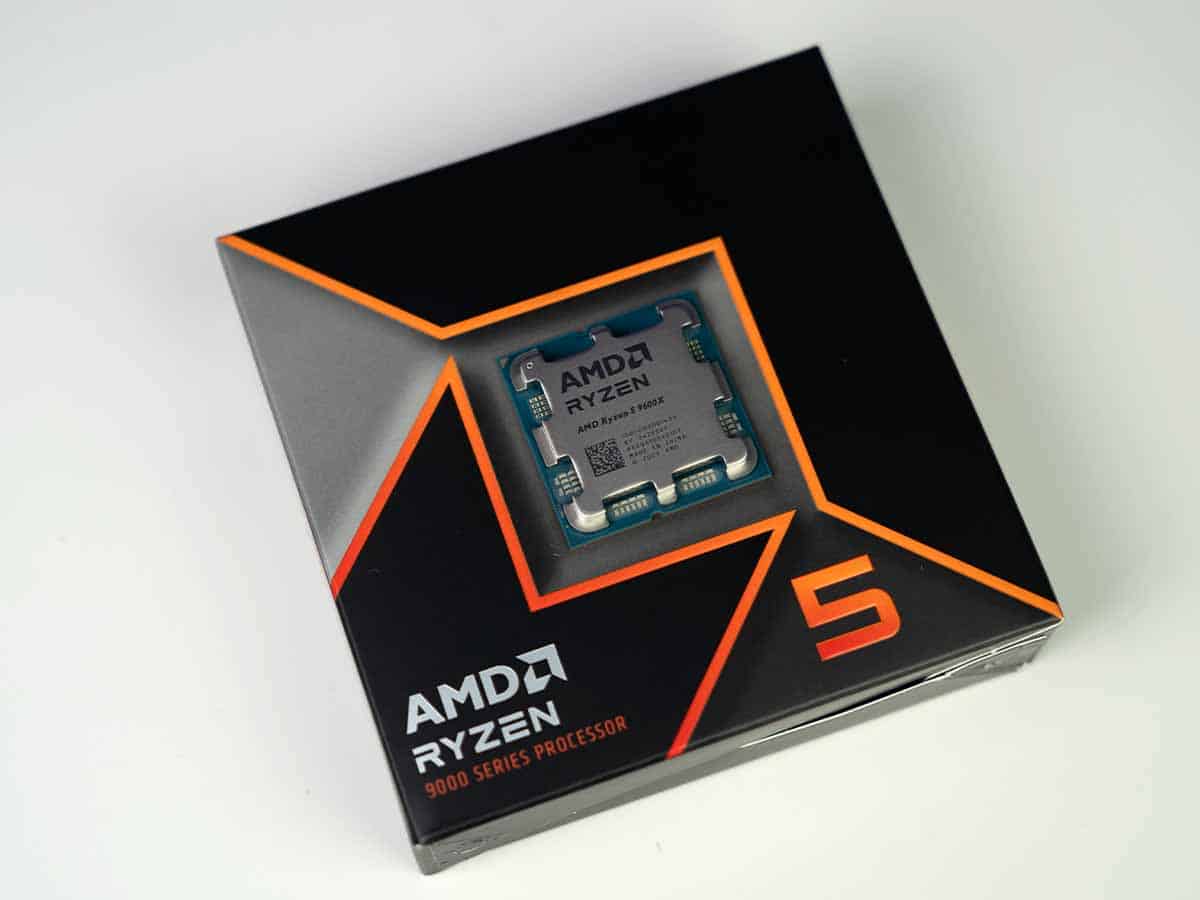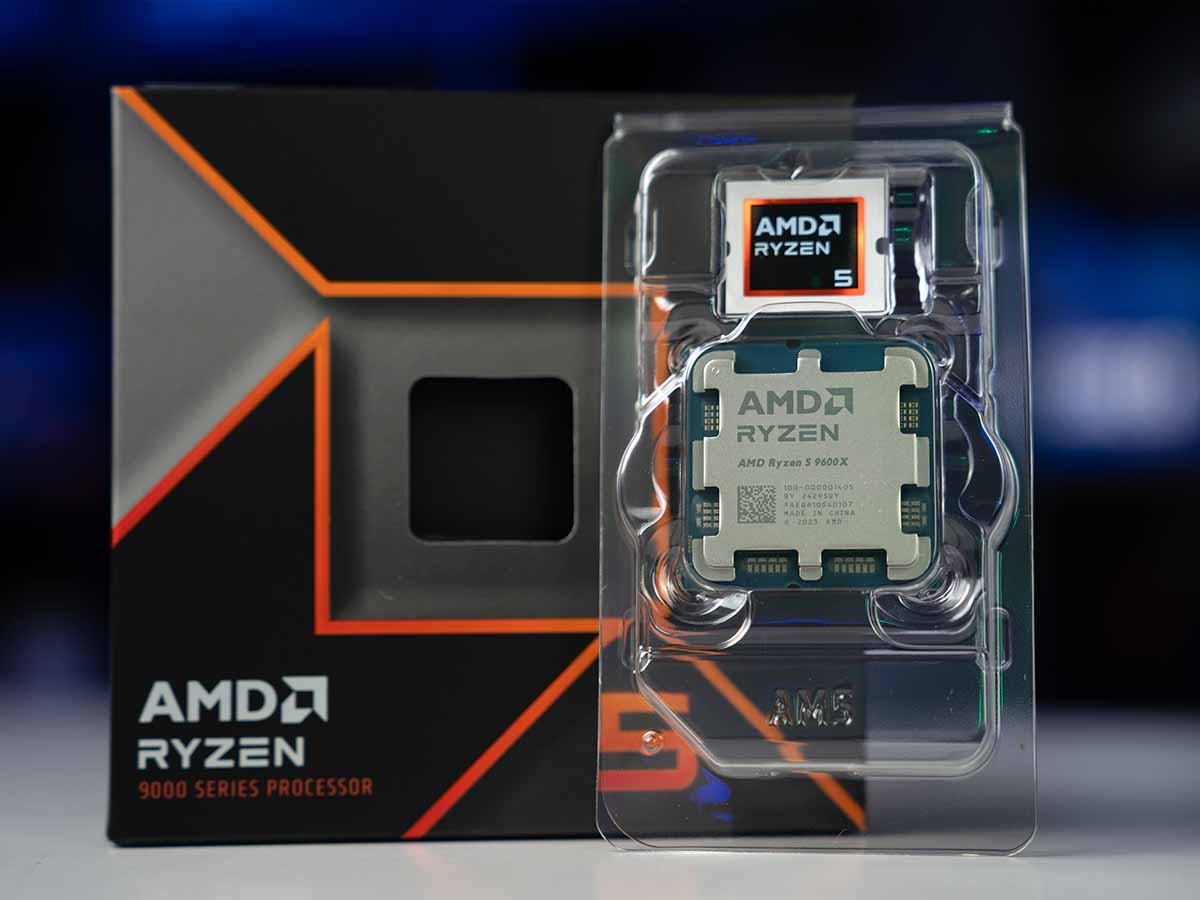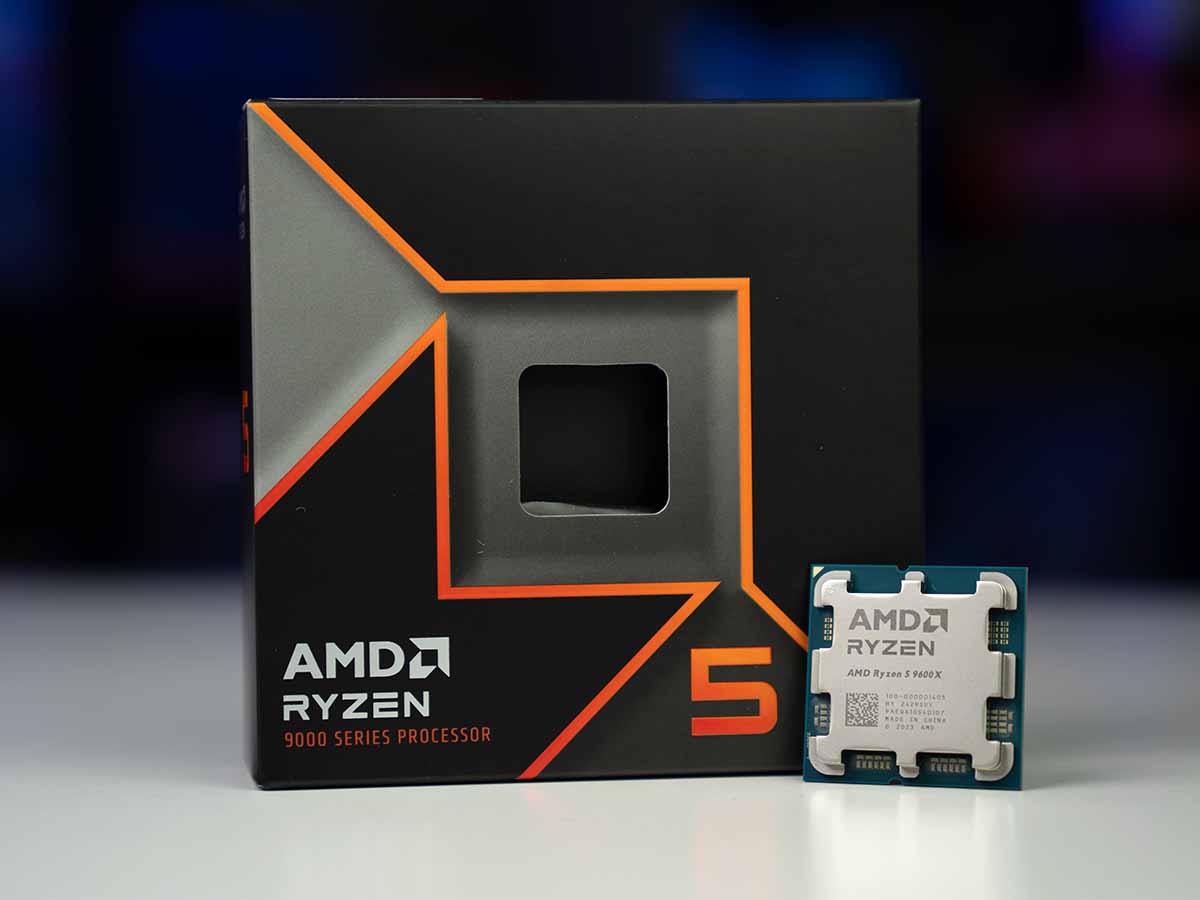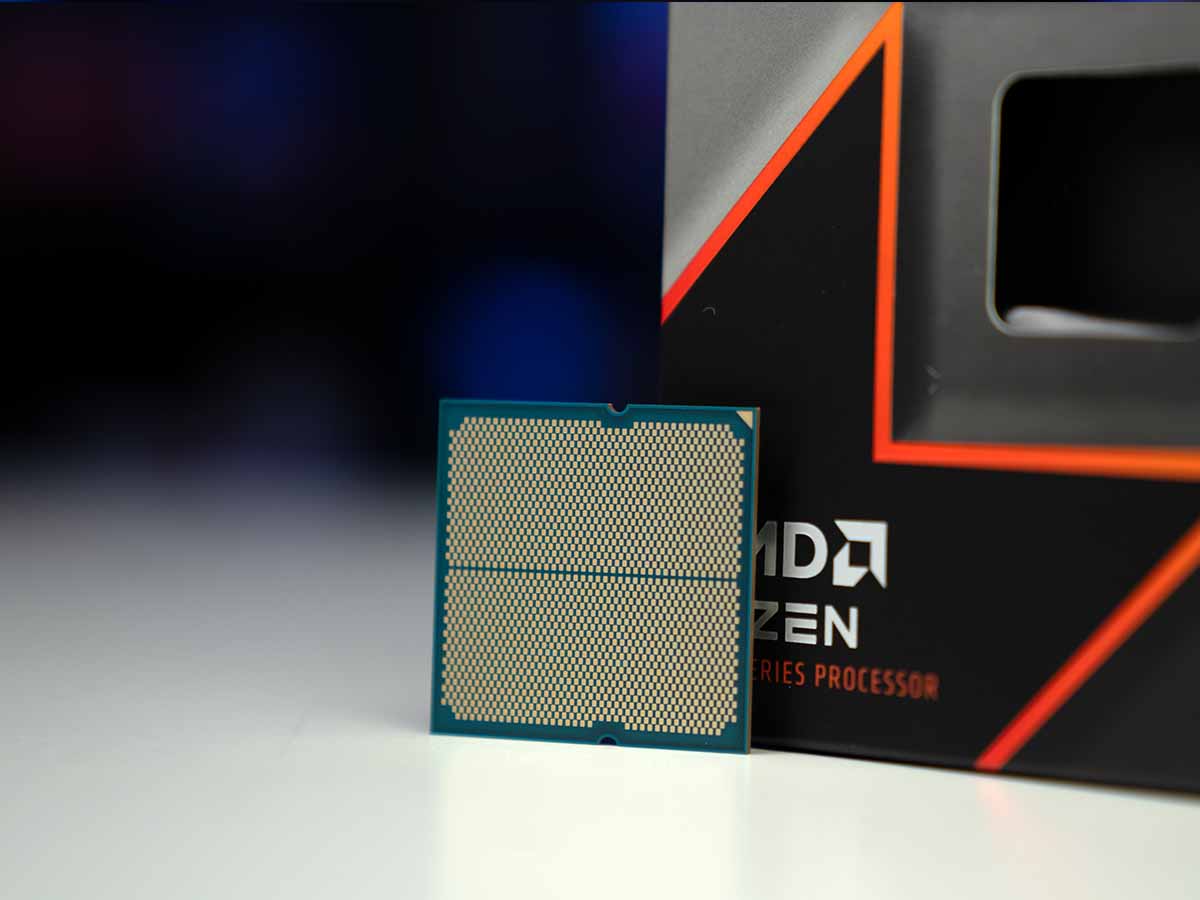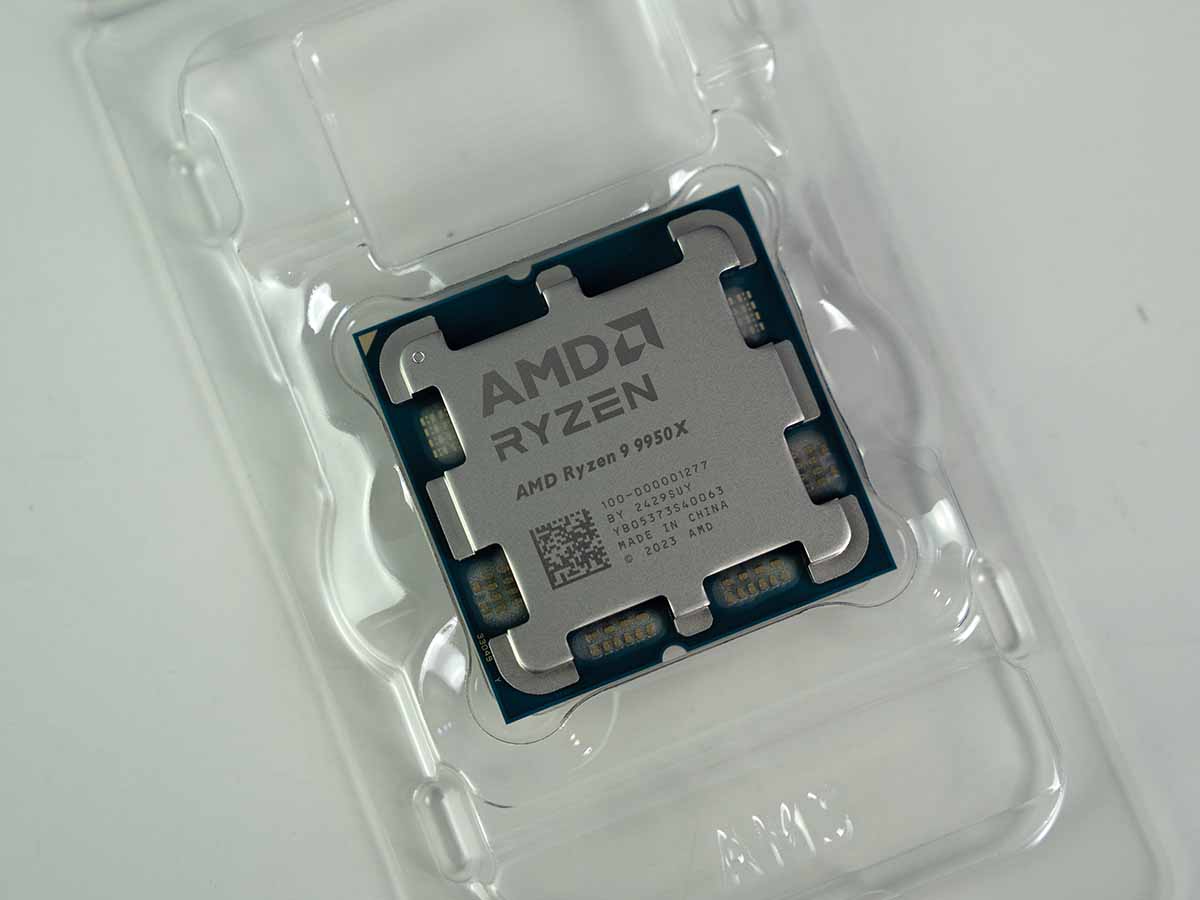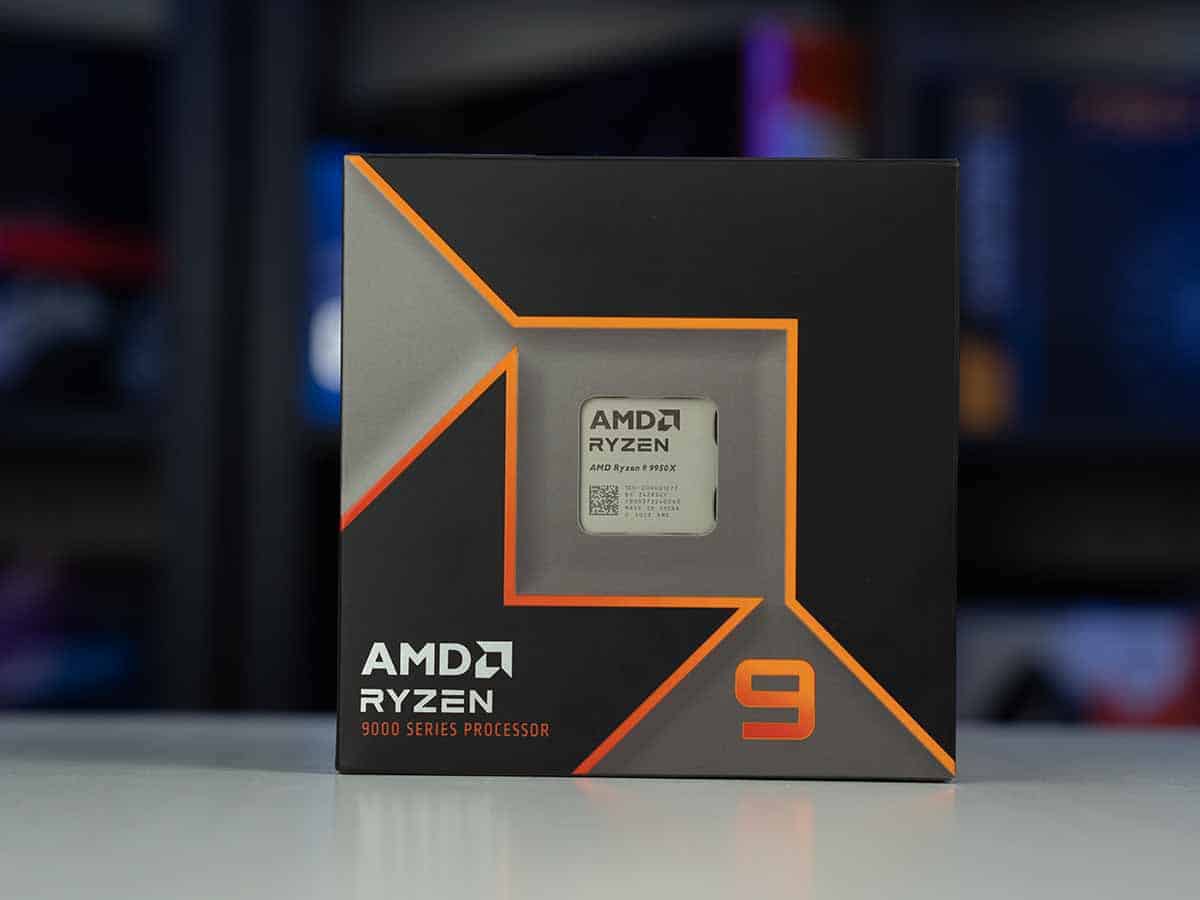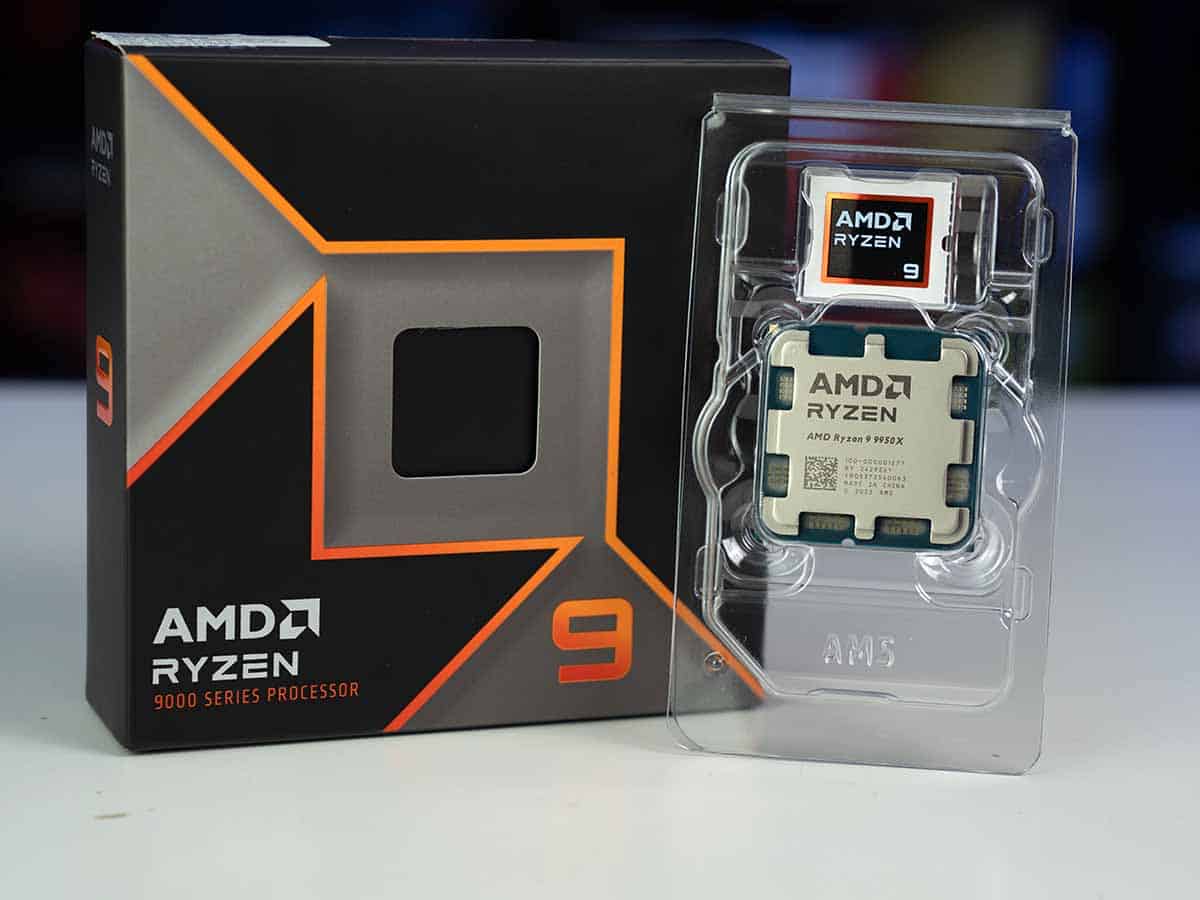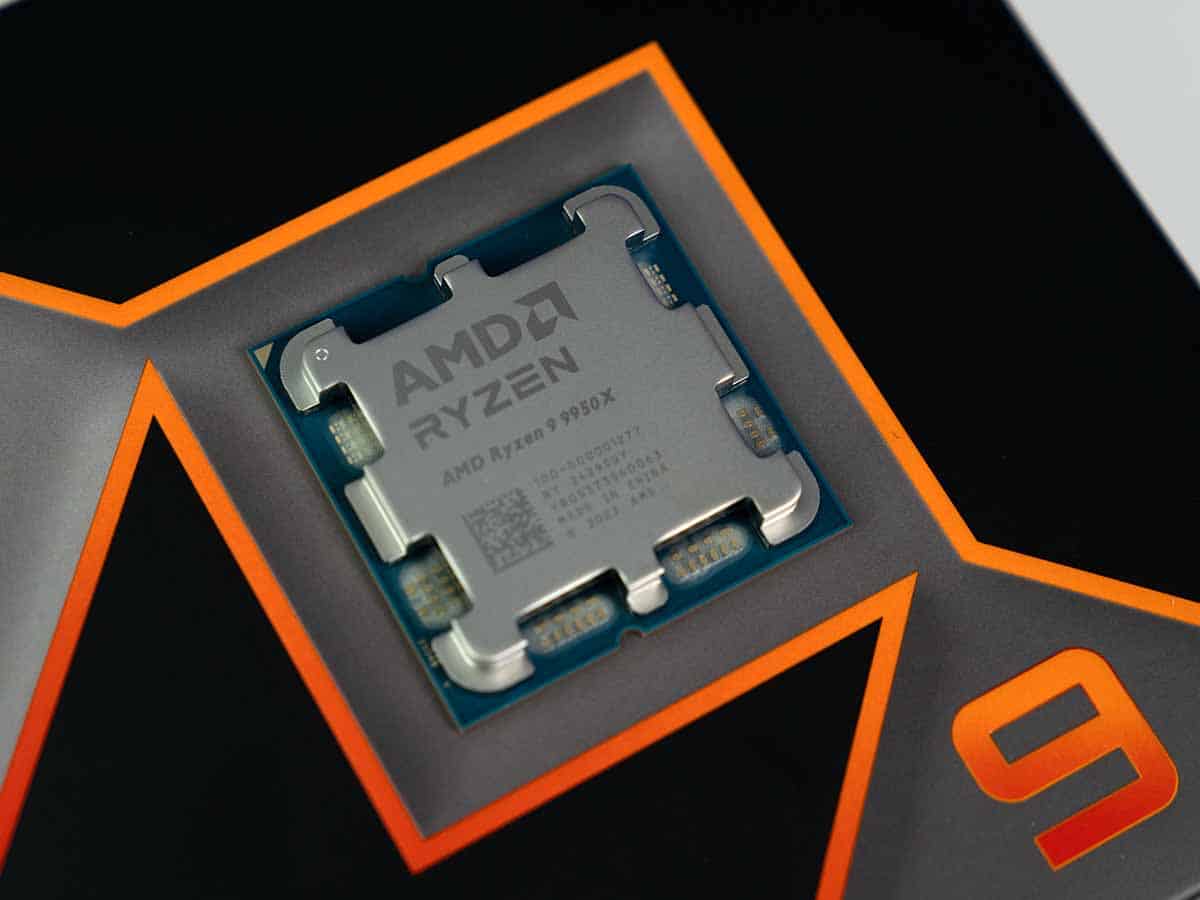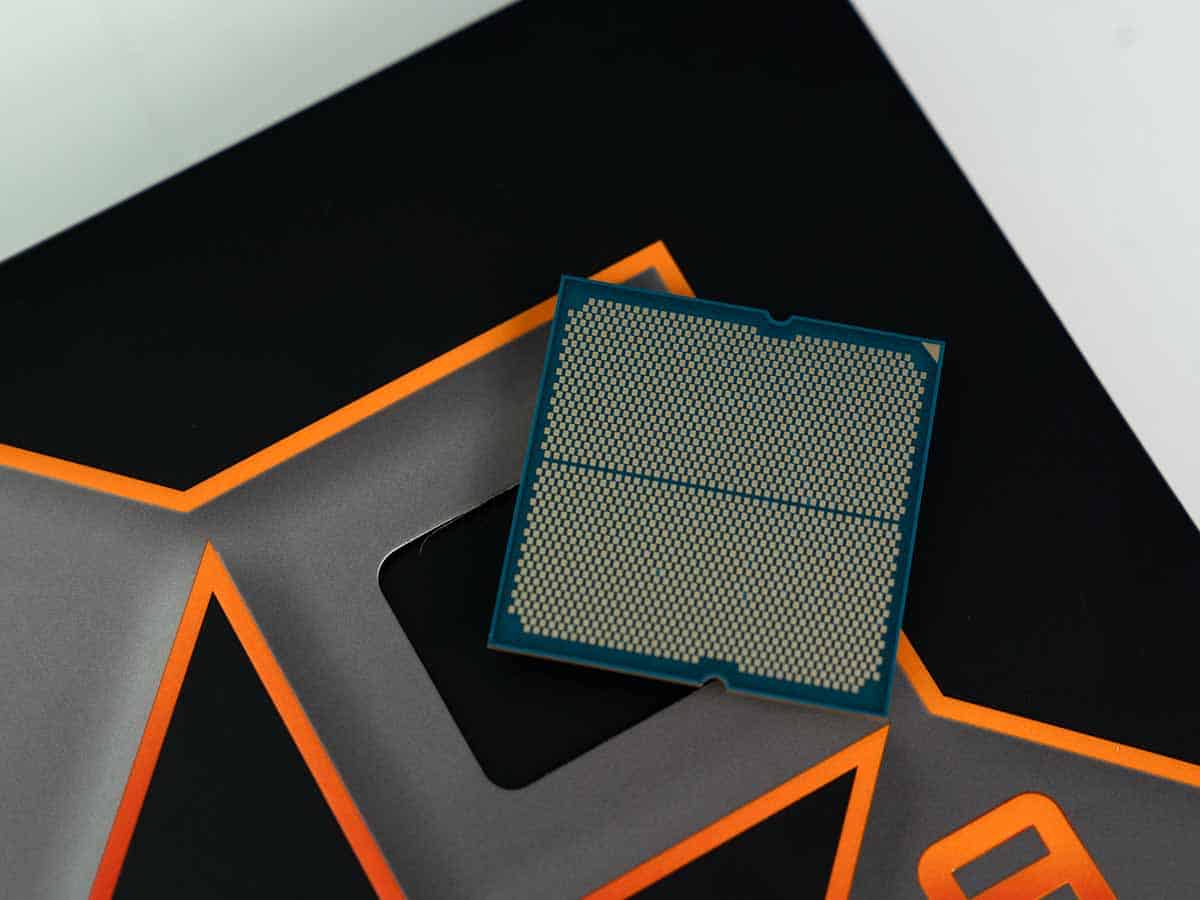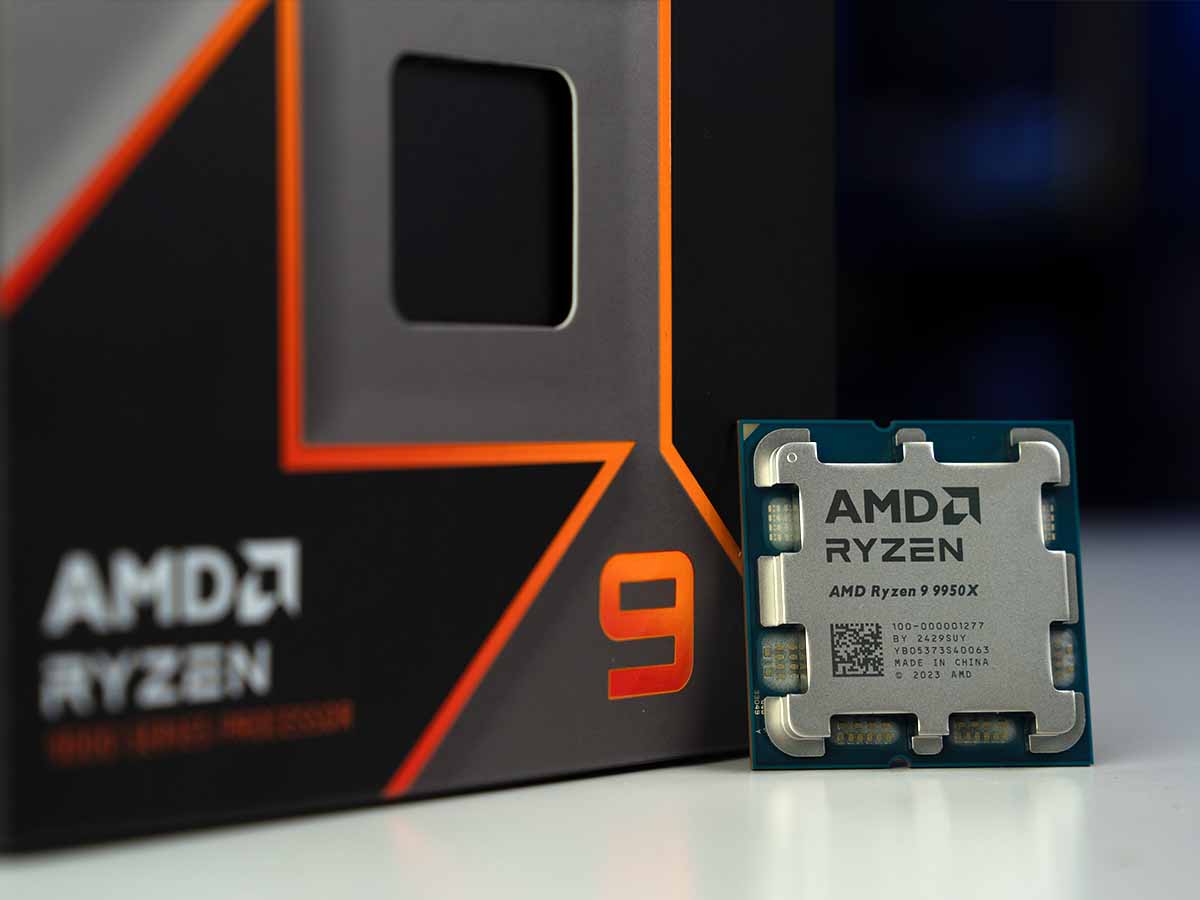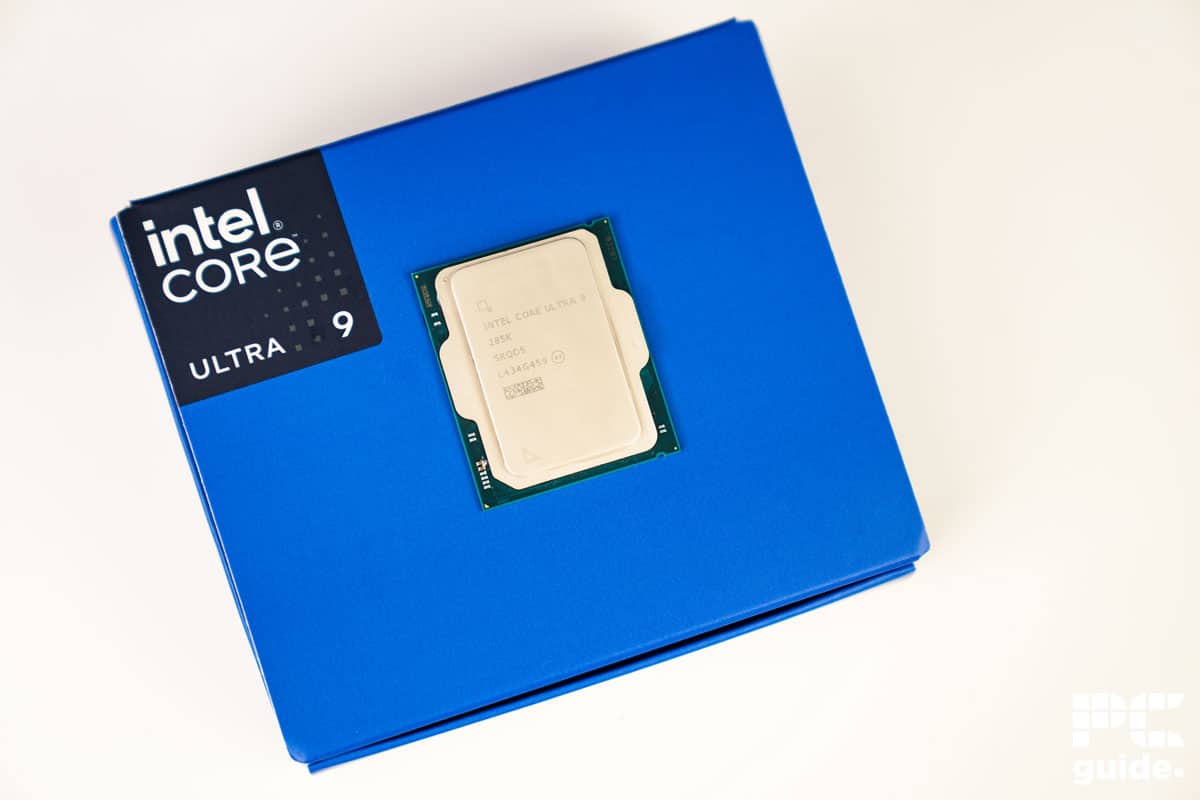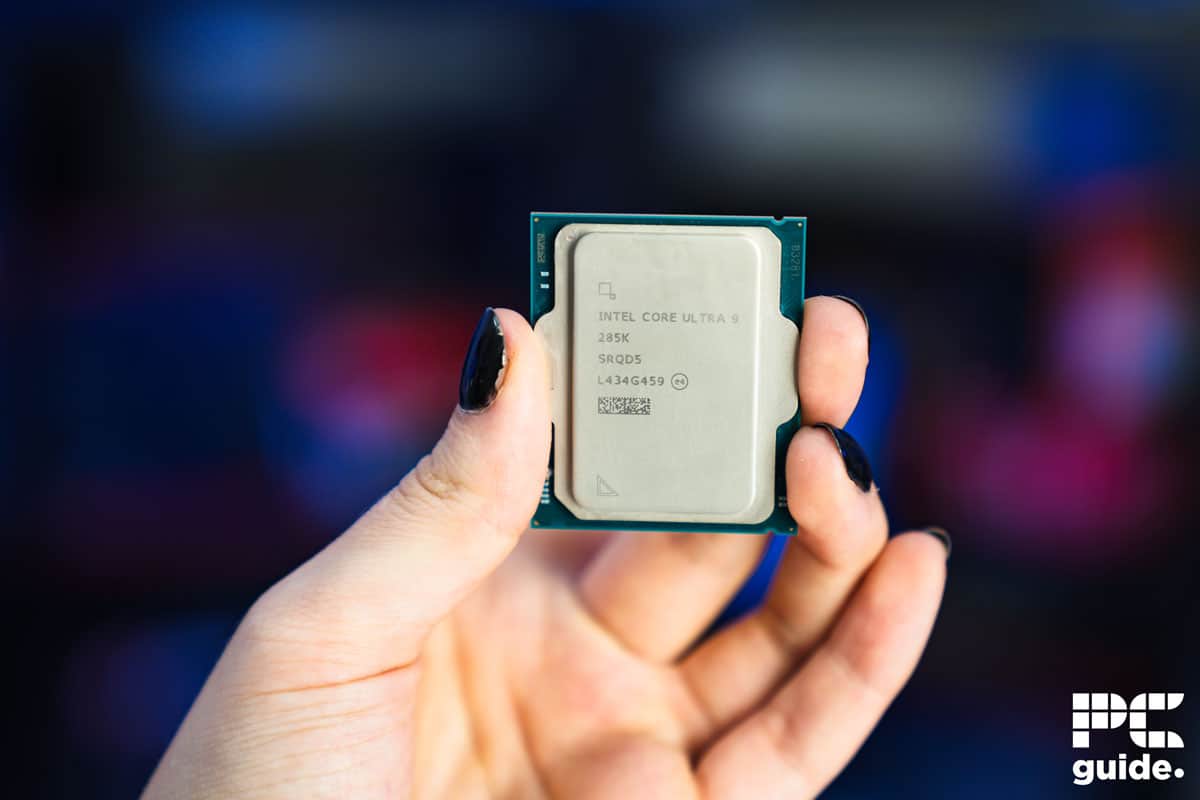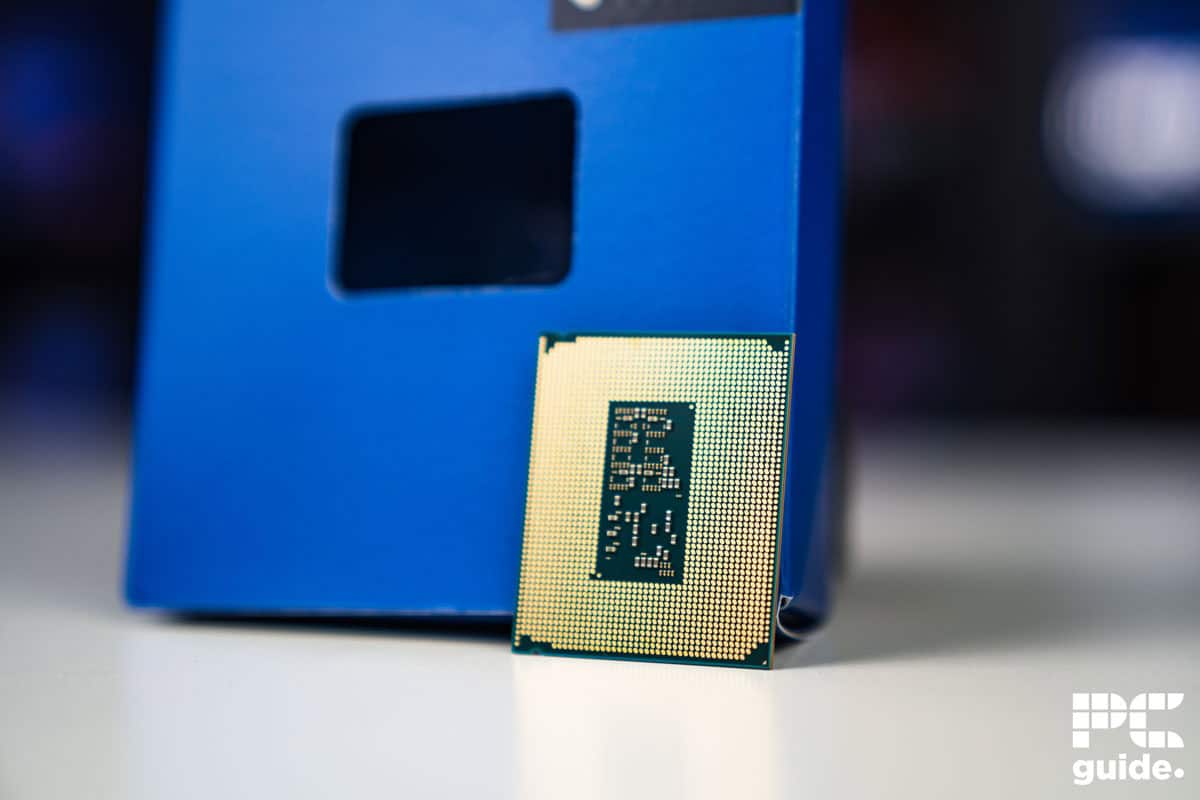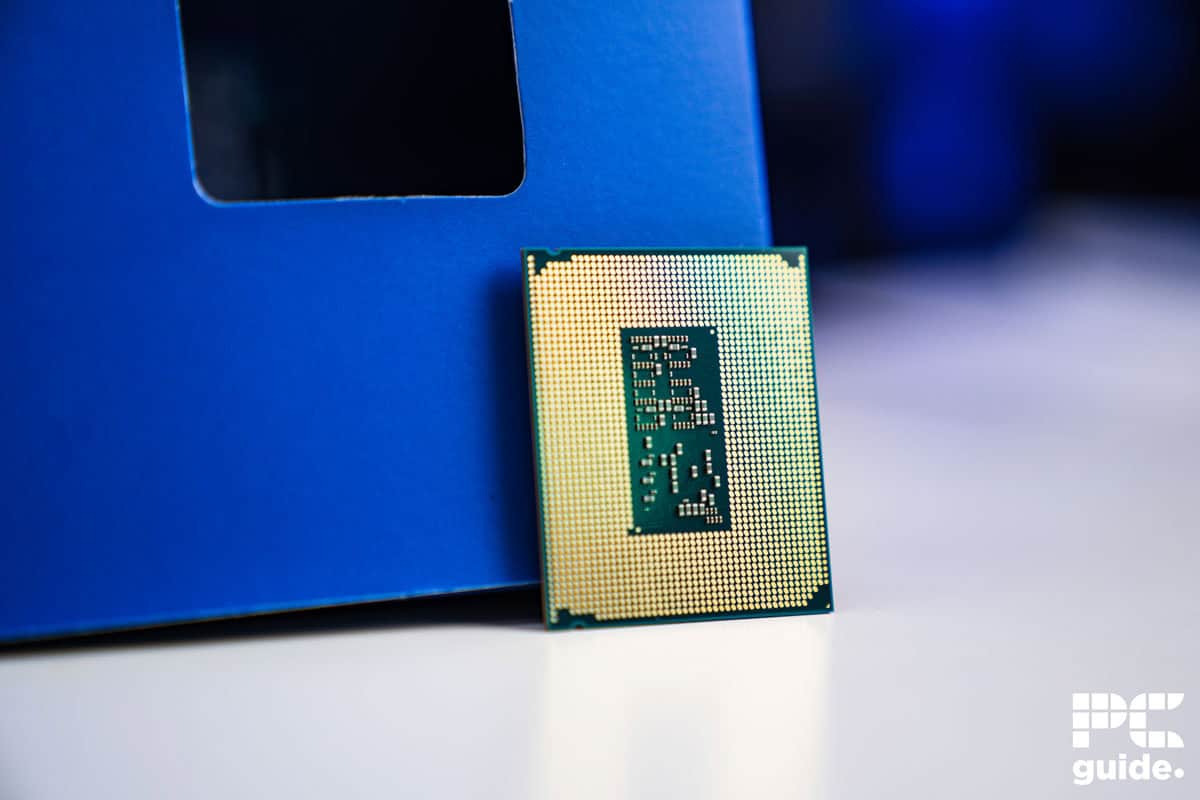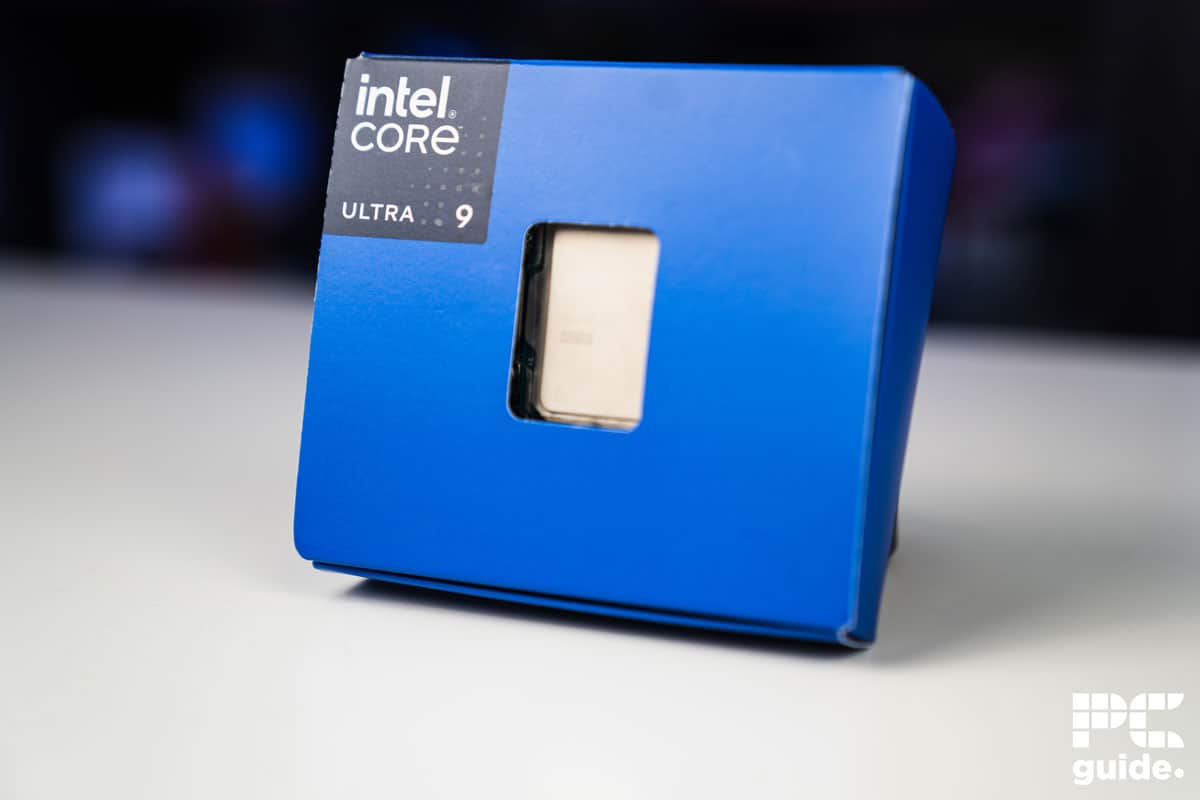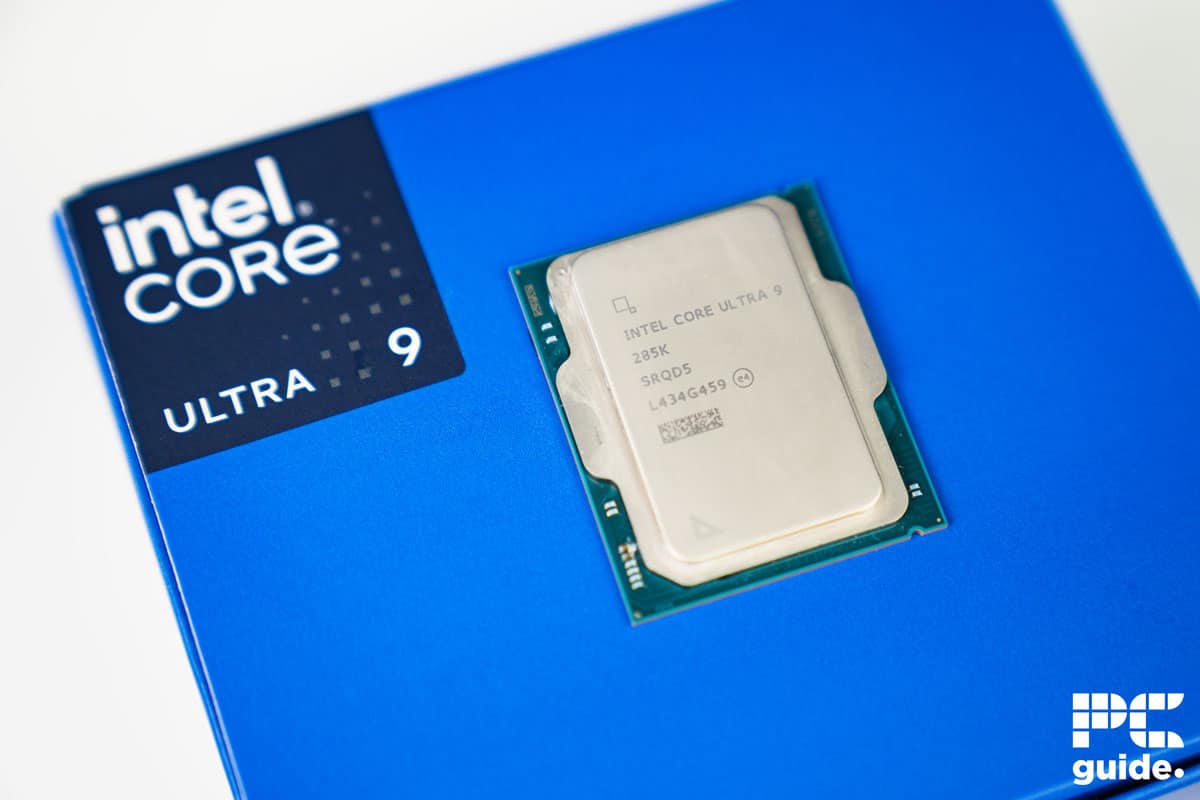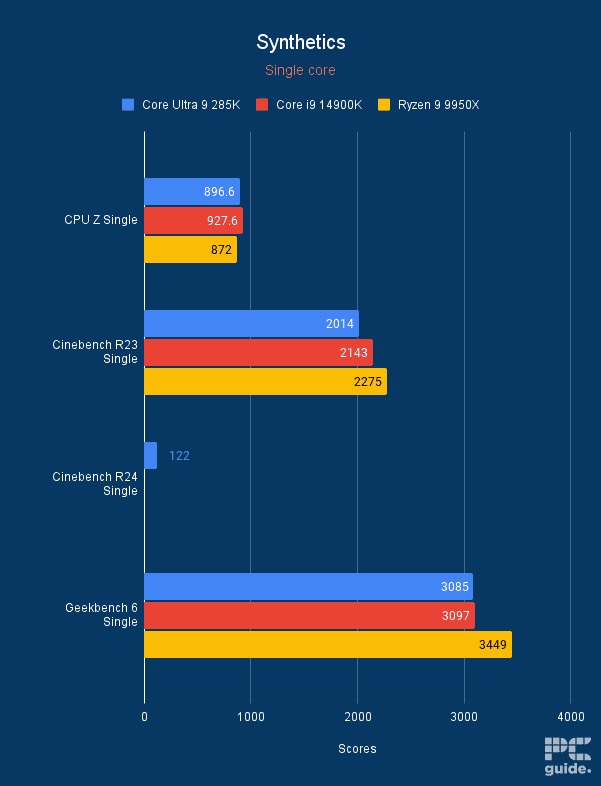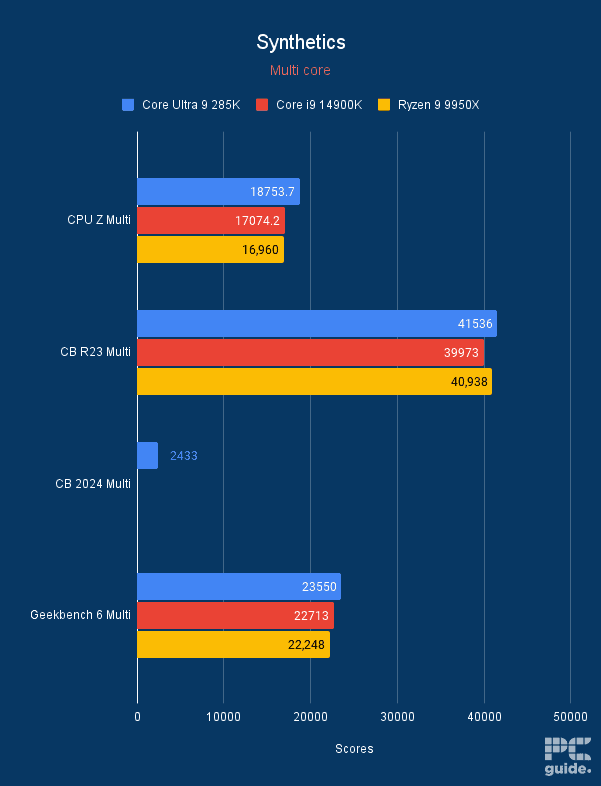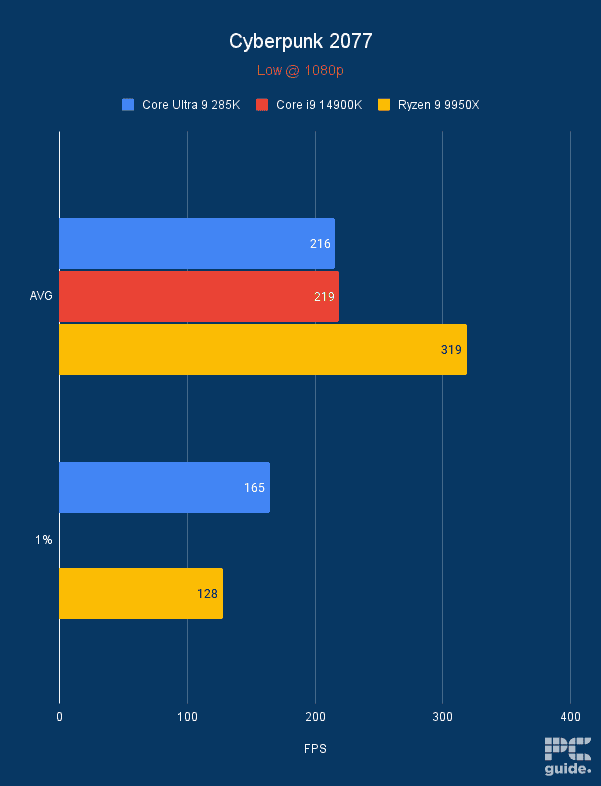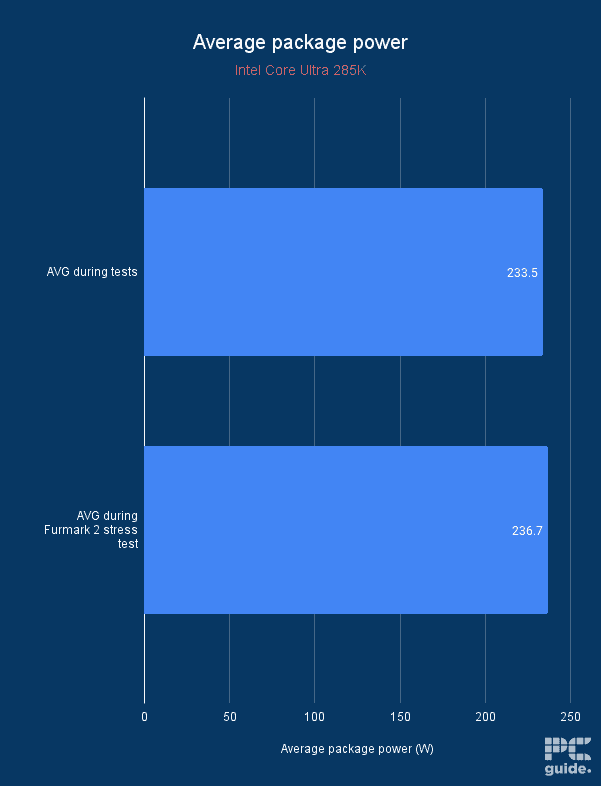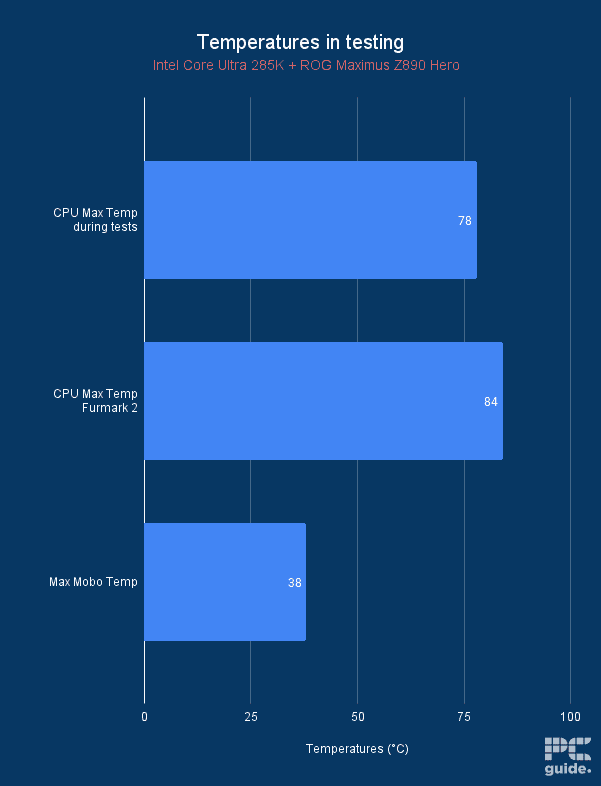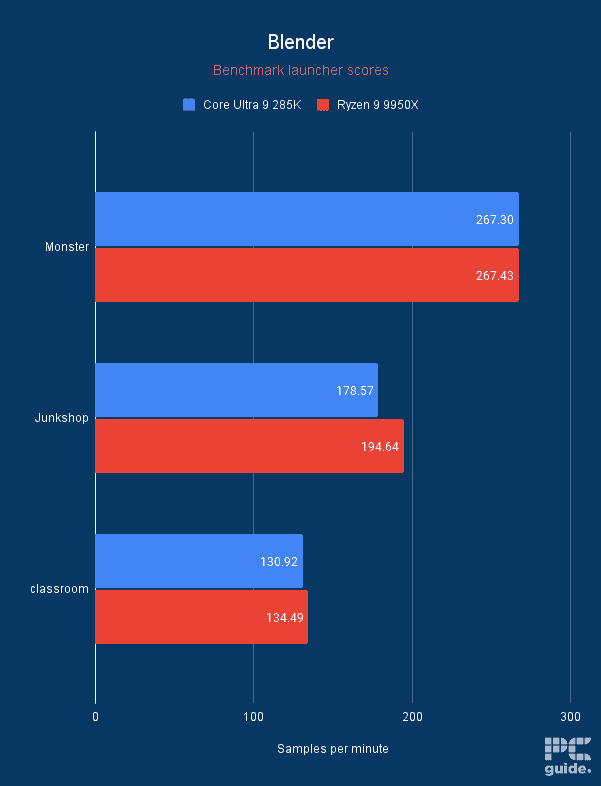Best CPU for Photoshop in 2025 – our top tested picks
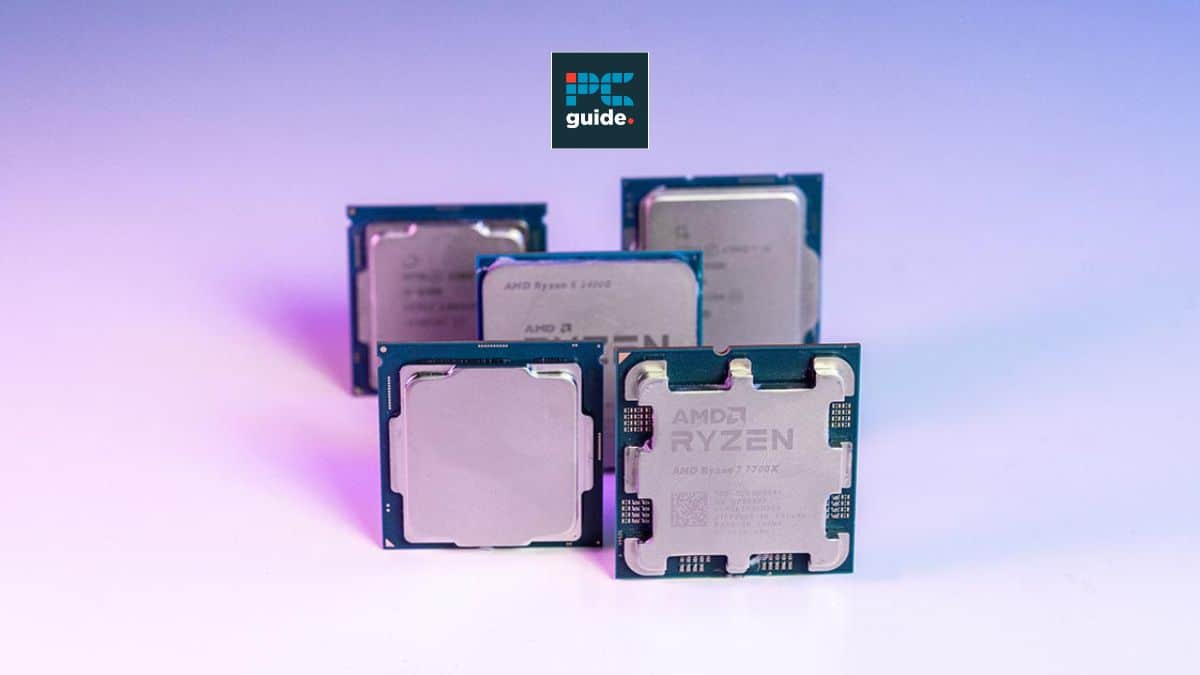
Table of Contents
Running Photoshop can be quite demanding on a computer's resources, especially the processor and dedicated graphics card, since GPU acceleration is being used more now. To ensure that you can efficiently run the program and achieve the best possible performance, it's essential to invest in a fast and efficient CPU.
With a whole range of options to pick from, there’s bound to be something to suit your needs. If it’s down to the budget, platform, or various other use cases, there are plenty of considerations. With that, the likes of AMD’s 9950X3D, even though we haven’t tested it yet, might be a great option combining multi-core and gaming performance.
Prime Day is finally here! Find all the biggest tech and PC deals below.
- Sapphire 11348-03-20G Pulse AMD Radeon™ RX 9070 XT Was $779 Now $739
- AMD Ryzen 7 7800X3D 8-Core, 16-Thread Desktop Processor Was $449 Now $341
- ASUS RTX™ 5060 OC Edition Graphics Card Was $379 Now $339
- LG 77-Inch Class OLED evo AI 4K C5 Series Smart TV Was $3,696 Now $2,796
- Intel® Core™ i7-14700K New Gaming Desktop Was $320.99 Now $274
- Lexar 2TB NM1090 w/HeatSink SSD PCIe Gen5x4 NVMe M.2 Was $281.97 Now $214.98
- Apple Watch Series 10 GPS + Cellular 42mm case Smartwatch Was $499.99 Now $379.99
- ASUS ROG Strix G16 (2025) 16" FHD, RTX 5060 gaming laptop Was $1,499.99 Now $1,274.99
- Apple iPad mini (A17 Pro): Apple Intelligence Was $499.99 Now $379.99
*Prices and savings subject to change. Click through to get the current prices.
We’ve reviewed a large number of CPUs here at PCGuide and put each one through intense testing. We tested them in different benchmarking tools and software to get an idea about their real-life performance. Based on that, we’ve selected some options that we think are the top processors for productivity software, like Photoshop. So, without wasting another second, let’s dive in.
Products at a glance
-
Best CPU for Photoshop
AMD Ryzen 7 9700X
- Cores: 8
- Threads: 16
- Boost clock speed: 5.5 GHz
- Base clock speed: 3.8 GHz
- L3 Cache: 32 MB
- TDP: 65 W
-
Best mid-range CPU for Photoshop
Intel Core i7-14700K
- Cores: 20 (8P-12E)
- Threads: 28
- Boost clock speed: P-Core 5.5GHz / E-Core 4.3GHz
- Base clock speed: P-Core 2.5GHz / E-Core 3.4GHz
- L3 Cache: 33 MB
- TDP: 125W
-
Best value CPU for Photoshop
AMD Ryzen 5 9600X
- Cores: 6
- Threads: 12
- Boost clock speed: 5.4 GHz
- Base clock speed: 3.9 GHz
- L3 Cache: 32 MB
- TDP: 65 W
-
Best AMD CPU for Photoshop
AMD Ryzen 9 9950X
- Cores: 16
- Threads: 32
- Boost clock speed: 5.7 GHz
- Base clock speed: 4.3 GHz
- L3 Cache: 64 MB
- TDP: 170 W
-
Best high-end CPU for Photoshop
Intel Core Ultra 9 285K
- Cores: 24
- Threads: 24
- Boost clock speed: 5.7GHz
- Base clock speed: 3.7GHz P-cores/3.2GHz E-cores
- L3 Cache: 36MB
- TDP: 125W base/250W max
How we picked
When it comes to purchasing the best CPU for Photoshop, there are several features and considerations that we have considered before making this guide. These considerations include –
- Clock Speed – The higher clock speed means you’ll get a faster processor
- Core Count- More cores mean better multitasking and handling complex tasks
- Processor Architecture- Choose the architecture that suits your needs (e.g., Intel for single-threaded tasks, AMD for multi-threaded tasks)
- Thermal Design Power (TDP) – Make sure the TDP is compatible with your system’s cooling system.
- Overclocking Capability- Look for CPUs designed for overclocking if you plan to do so.
- Budget – Balance your needs with your budget to get the best value
Our team of experts at PC Guide then compares compatible CPUs and chooses the best one. To give you an even better idea of a processor’s performance, we have tested the CPUs in-house and got real benchmarks.
Our top picks

- Cores: 8
- Threads: 16
- Boost clock speed: 5.5 GHz
- Base clock speed: 3.8 GHz
- L3 Cache: 32 MB
- TDP: 65 W
- Platform: AMD Socket AM5
- Strong Single-core performance
- It is very energy efficient
- Low power usage
- More expensive than a 7800X3D
- No boxed cooler despite low TDP
- Just barely better than the 7700X
If you want a seamless working experience with Photoshop, we recommend the Ryzen 7 9700X. This might be a surprise, as many might believe a CPU like the 7950X or the 13900K might be best for Photoshop, but according to Pugetsystems, the 9700X ranks well above any of the other processors. We’ve also tested and reviewed the 9700X, and it showcased good generational uplift in synthetic and gaming benchmarks.
To begin with, this is an 8-core and 16-thread processor with base and boost clocks of 3.8 and 5.5 GHz, respectively. Since Photoshop isn’t CPU-bound, meaning there isn’t a set standard that you’ll need 8, 16, or 24 cores for it to run seamlessly, but it will recruit more cores if there are resources available.
This processor’s overall score in Puget Systems testing is 11,500, with the Ryzen 9 9950X coming in at a close second with 10,964 points. So, you should be able to run Photoshop comfortably without experiencing slow load times or stuttering issues, resulting in a smooth working session.
This CPU is very power efficient and it does hold up against it's predecessor, but we expected it to do more. There is an improvement in single-core performance, but not too much on the multi-core front.
PC Guide
For comparison, our Ryzen 7 7700X review, the predecessor, had a Puget score of 9,033, so there is a good generational performance uplift, and the 9700X has a 65W TDP compared to the 7700X’s 105W. However, you can ramp up the 9700X’s TDP to 105W in the BIOS settings for better performance without voiding the warranty. That said, it is an efficient processor, but we still recommend using the best CPU cooler for 9700X to keep it running cool and optimally.
On the other hand, Photoshop isn’t the only aspect this processor is good for, as paired with the best GPU for 9700X, it also makes for a good gaming processor. We ran Cyberpunk 2077 and Days Gone at 1080p low settings, and it delivered 325 and 240 FPS, respectively. The GPU we used was the RTX 4070 Ti Super, meaning that you can game at higher and lower resolutions and also use Photoshop and other productivity software with ease.

- Cores: 20 (8P-12E)
- Threads: 28
- Boost clock speed: P-Core 5.5GHz / E-Core 4.3GHz
- Base clock speed: P-Core 2.5GHz / E-Core 3.4GHz
- L3 Cache: 33 MB
- TDP: 125W
- Platform: Intel Socket 1700
- With 12 cores and 20 threads, the Core i7-14700K has plenty of muscle
- CPU can boost up to 5.0 GHz
- Intel Core i7-14700K has a higher TDP than the majority of other Intel CPUs
- To maintain thermals under heavy load, you might need to invest in a separate CPU cooler
The Intel Core i7-14700K packs a punch for Photoshop users. It’s 12 cores and high clock speeds allow for smooth sailing through demanding tasks like handling large images and complex filters. Plus, it supports the latest DDR5 memory for extra responsiveness. We tested the CPU in our in-depth i7-14700K review, and it didn’t disappoint us in terms of performance.
For creatives who want a perfect middle-of-the-road CPU that makes a real difference, this is the one. As part of our review for this product, we found it to be incredibly versatile, delivering excellent benchmark scores for gaming too. While your priority may be photo editing software, you may as well get a CPU that can do both, right?
The 14700K is a great middle-ground for those looking to game and work on the same PC.
PC Guide
To test the capabilities of the CPU, we launched the Cinebench R23 and Geekbench 6 tests. It was able to hit 33,914 points in the first tool and around 21,046 points in the second one. These were the results of the multicore tests. The gaming performance was also pretty decent, as we were getting around 225 FPS in Cyberpunk 2077 at 1080p low.
However, this power comes at a cost. The i7-14700K consumes more power and generates more heat, requiring a potentially expensive cooling system. Additionally, the CPU itself isn’t exactly cheap. If you’re a casual user or on a budget, there might be better options that offer good editing performance without breaking the bank.
- Cores: 6
- Threads: 12
- Boost clock speed: 5.4 GHz
- Base clock speed: 3.9 GHz
- L3 Cache: 32 MB
- TDP: 65 W
- Platform: AMD Socket AM5
- Good efficiency
- Fairly inexpensive
- Not much going for it
- Not massive gains over previous gen (pre-update)
Once again, we’ll leverage the findings of Puget Systems, and according to that, the Ryzen 5 9600X has better performance than the 9900X, 285K, and 14700K, with a score of 10,950 overall. While we couldn’t test that ourselves because we ran into an issue while testing this processor for our 9600X review.
That being said, with the update that allows its TDP to increase to 105W, you should experience even better performance whether you’re using Photoshop or are in the middle of an intense gaming session. It features 6 cores based on the Zen 5 architecture, meaning there are 4nm CPU process nodes, giving this processor a transistor count of 8,315 million.
The more transistors there are, the better a CPU can process information while keeping the energy consumption low. So, these generational increment allows it to trade blows with the 7900X when it comes to single-core performance, as it managed 827 and 2,149 points in the CPU-Z and Cinebench R23 single-core test.
The 9600X does better intergenerationally than it's bigger brother, the 9700X.
PC Guide
On the other hand, the 7900X delivered 778 and 2,017 points in the same tests, but obviously it had a better multi-core score as it has more cores and threads. The 9600X also managed better FPS in Cyberpunk 2077 at 1080p. It managed 325 FPS while the 7900X trailed behind with 299 FPS, so it has better gaming output as well.
Overall, looking at the price point this processor comes at, it is one of the best CPUs you can get for Photoshop and it should also be able to easily handle other workflows without breaking a sweat.

- Cores: 16
- Threads: 32
- Boost clock speed: 5.7 GHz
- Base clock speed: 4.3 GHz
- L3 Cache: 64 MB
- TDP: 170 W
- Platform: AMD Socket AM5
- Strong multi-core performance
- Can be boosted a lot with PBO
- 16 cores can tackle heavy workloads
- Still suffers from AMD's efficiency obsession
- It has a hefty price tag
The AMD Ryzen 9 9950X is a powerful CPU well-suited for running Photoshop. It packs powerful hardware under the hood with its 16 cores, 32 threads, and Zen 5 architecture, which gives it a 16% IPC uplift compared to the previous generation. In addition to this, according to Puget Systems, this is the second-best processor for Photoshop, right after the 9700X. We’ve also tested and reviewed the Ryzen 9 9950X, and its gaming and synthetic performance is nothing short of impressive.
This powerhouse has a base and boosts clock speeds of 4.3 GHz and 5.7 GHz, respectively, meaning at the max frequency, it can handle 5.7 billion instructions per second. This is pretty fast and you can even overclock it to raise the frequencies higher at the cost of a higher power draw and thermal output. So, we recommend using the best CPU cooler for 9950X paired with a robust power supply unit.
A neat aspect of this processor is that you can increase its performance by enabling PBO. For reference, it had a CPU-Z multi- and single-core score of 872 to 16,960. With PBO enabled, these figures jumped up to 877.6 and 17,421. So, its single-core performance doesn’t experience much of a boost, but the multi-core performance greatly benefits from it, and that can positively impact Photoshop’s performance. Just ensure that you have plenty of DDR5 RAM, as Photoshop relies more on RAM than anything else.
The 9950X is certainly a capable CPU with a lot to offer those looking for strong multi-threaded performance. PPBO can ramp this CPU up a few notches, but you'd better be ready to cool it. It eats 240mm AIOs for breakfast when PBO is enabled
PC Guide
In terms of gaming, it also has great performance, as it managed 319 and 279 FPS in Cyberpunk 2077 and Days Gone, respectively, running at 1080p low settings. Also, given it is AMD’s most powerful CPU, you can easily pair it with high-end GPUs like the RX 7900 XTX or the RTX 4090 without either component holding the other one back.
Overall, this is an excellent processor for Photoshop, gaming, and other workflows. While it is expensive, and you’ll need an AM5 motherboard to run it, it should be a worthwhile investment as it has better gaming and single-core performance than Intel’s 285K, and the multi-core performance is neck and neck.

- Cores: 24
- Threads: 24
- Boost clock speed: 5.7GHz
- Base clock speed: 3.7GHz P-cores/3.2GHz E-cores
- L3 Cache: 36MB
- TDP: 125W base/250W max
- Platform: LGA 1851 (Arrow Lake)
- Great temperatures even under full loads
- Impressive multi-core performance
- Plenty of cores and threads with a good split into performance and efficiency
- No longer supports DDR4 like its predecessors
- Falls behind the 14900K in plenty of scenarios
- Not the best gaming performance
The Core Ultra 9 285K sits at the top of the performance hierarchy of the Arrow Lake processors. We’ve tested and reviewed this processor in-house, and it has good synthetic performance, outperforming the Ryzen 9 9950X and 14900K in some multi-core tests. That said, the main highlight of this processor is good synthetic performance and energy efficiency.
This processor is powered by 24 cores and 24 threads, but each core has 3nm CPU process technology, meaning they consume less power and deliver good performance. This can be seen by the base and max TDP of 125W and 250W, and even during our testing, paired with the Corsair Elite LCD Capellix 360mm, it only reached a maximum of 84°C. That said, we didn’t overclock it, but doing so can increase the thermal output, and in that case, we recommend using the best CPU cooler for Core Ultra 9 285K.
The Core Ultra 9 285K is a great processor there's no doubt about it. Even as it cut back on the thread count and hyper-threading I was worried about its multi-core processing power, but that seems to not be the case as it leads in benchmarks for multi-core performance.
PC Guide
A downside of opting for this processor is that you’ll need a new Z890 motherboard like the ROG Maximus Z890 Hero, which at the time of writing costs $699.99 and isn’t compatible with DDR4 RAM; you’ll have to purchase DDR5 RAM as well. While it might cost a lot, DDR5 RAM is much faster, and Photoshop relies more on RAM.
We also tested its gaming performance by running Cyberpunk 2077 at 1080p low resolution, and it managed to churn out 216 FPS, which is good. However, comparatively, its gaming performance isn’t on par with the 14900K or 9950X. Despite that, it should be able to handle powerful GPUs like the RTX 4090 or RX 7900 XTX without either component holding the other back.
Overall, this is a good CPU with excellent energy efficiency and should make working with Photoshop a breeze. However, you’ll need to invest a good amount but should be a worthwhile longterm investment.
Why you can trust us
Here at PC Guide, we have a long history of testing various tech and understand that the processor is at the heart of any high-performance PC, and choosing the right one is critical for both reliability and performance. To help our readers make informed decisions, we conduct hands-on testing across a wide range of real-world scenarios—including gaming, multitasking, content creation, and productivity workloads. Our comprehensive reviews measure not only raw performance but also efficiency, thermals, and power consumption, providing a holistic view of each CPU's capabilities.
While our goal is to personally test every processor we recommend, the rapidly evolving market sometimes makes this challenging. When necessary, we supplement our findings with trusted third-party benchmarks and data to ensure our recommendations remain current and accurate. Our commitment to editorial independence means we never accept influence from manufacturers or sponsors; every recommendation is based on rigorous, unbiased evaluation.
Ultimately, we apply the same high standards to our recommendations as we do to our own systems, ensuring that our readers get the best possible advice for building or upgrading their PCs.
How to pick the best CPU for this software
When it comes to picking the best CPU for your creative workstation, several factors must be considered. We’ve discussed some of these factors in the previous section, including clock speed, core count, cache size, processor architecture, TDP, overclocking capability, and budget. However, how do we combine all these factors to make an informed decision?
Requirements
First, it’s important to determine your specific needs and workflow in Photoshop. Do you primarily work with high-resolution images, complex layers, and filters? Will you often run multiple programs simultaneously while editing? Do you frequently export large files? Also, consider the application’s system requirements to ensure your PC components are up to scratch.
The answers to these questions can help guide your CPU selection. The answers to these questions can help guide your CPU selection.
Next, you’ll want to research and compare CPUs that meet your needs. Check out benchmarks and reviews from reputable sources to see how different CPUs perform tasks that are relevant to you. Look for CPUs that have a good balance of clock speed, core count, and cache size for your workflow.
Compatibility
You should also consider the CPU’s compatibility with other components in your system, such as the motherboard, RAM, and graphics card. Ensure that your system can support the CPU you choose and that there are no bottlenecks that could limit its performance.
If you are looking for more recommendations, then head over to our Adobe Photoshop System Requirements guide and our Best GPU for Photoshop article.
Overclocking capabilities
If you want to squeeze out every last bit of performance from the processor, then you should look for a CPU that can be overclocked. Usually, Intel CPUs with “K” and AMD CPUs with “X” monikers are unlocked, and you can overclock them. However, this boosted performance will likely heat up the system, so make sure you have a robust cooling system in place.
FAQs
What CPU specs do I need for Photoshop?
Surprisingly, there’s not actually a high requirement for a processor to use Photoshop. On Adobe’s site, the minimum and recommended processor just states “Multicore Intel, AMD, or WinARM processor”. So it’s more down to the rest of the system, which is more important, but don’t let that fool you, as it does have an impact, as according to many benchmarks.
Is Photoshop better on an i7 or Ryzen 7?
According to benchmarks, the Ryzen 7 is better suited for Photoshop. As seen in Puget benchmarks, the Ryzen 7 does reach a high point in Photoshop scores, while the i7 (now Core Ultra 7) falls below plenty of other AMD and Intel processors. That’s surprising considering the Ryzen 7 isn’t even the top level available from AMD.
What CPU should I get for Photoshop?
If you’re looking for a CPU for Photoshop, there are a variety of options to pick from. In our recommendations, it’s the Ryzen 7 9700X that takes the lead as benchmarks showcase its effectiveness in the program while providing a great value. The i7-14700K is an Intel alternative. On the other hand, for something a bit more high-end, the Ryzen 9 9950X and Core Ultra 285K are some top options instead.
Final word
For Photoshop, the best processor is the Ryzen 7 9700X, and while that may come as a surprise, Puget Systems tested this processor, and it scored better than the flagship 9950X and even the 9900X. On top of that, it is a mid-range offering, meaning it doesn’t cost as much, but besides that, you also get excellent gaming performance. So, it seems like this processor is covering all the bases and then some.


